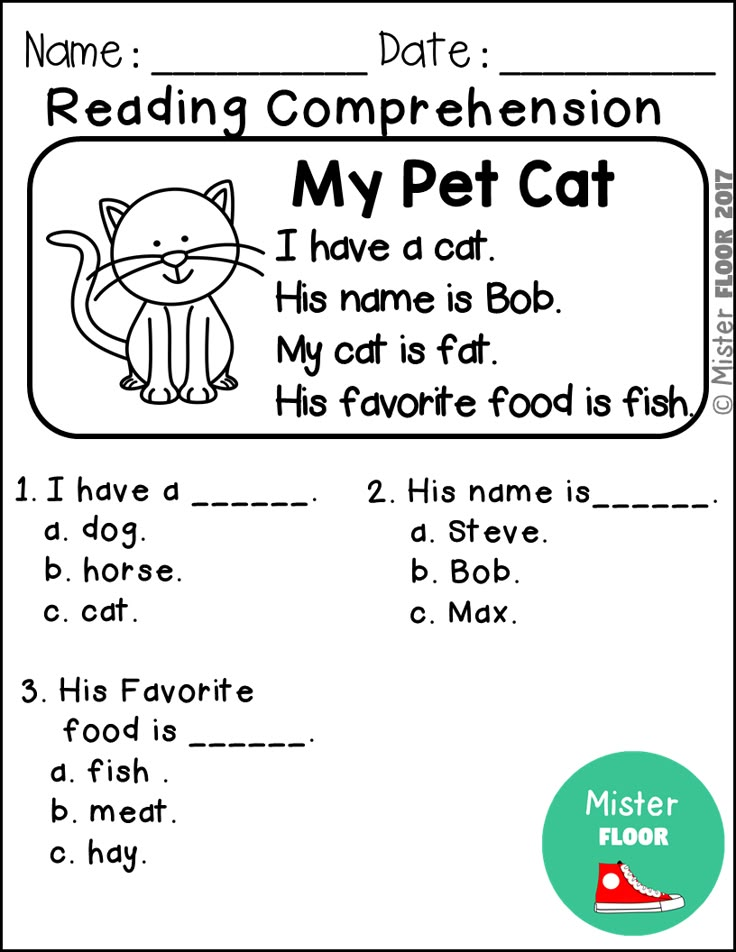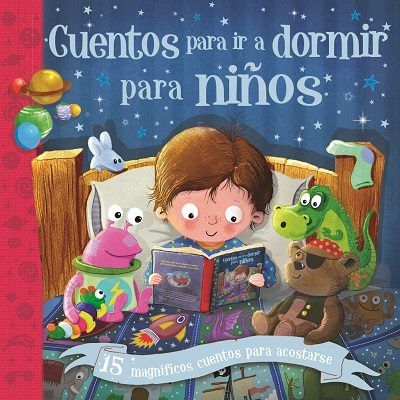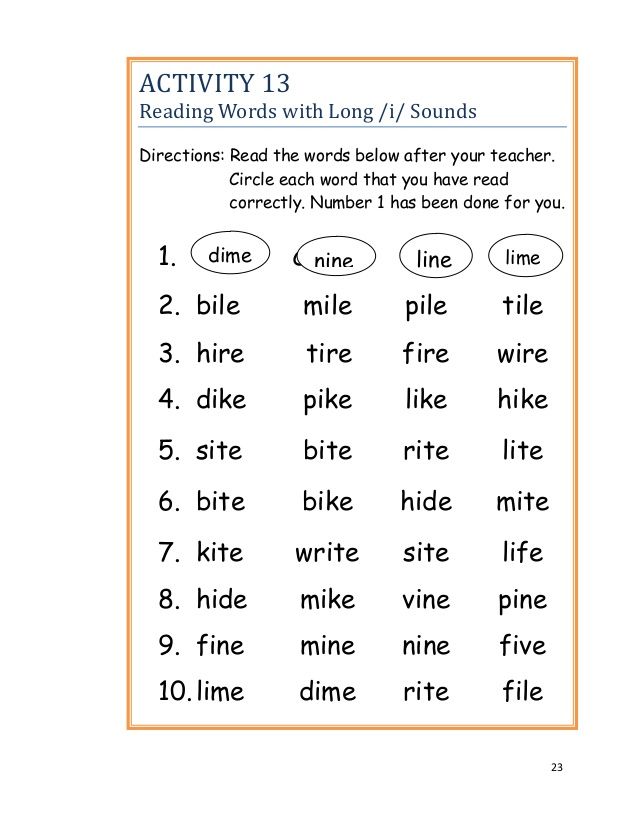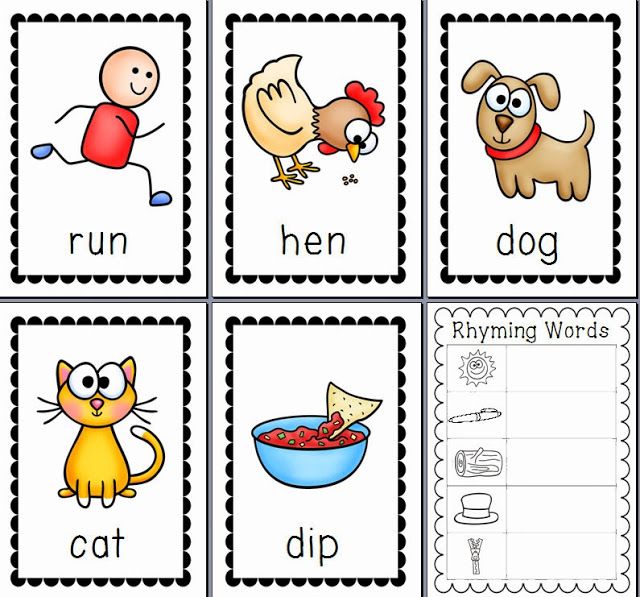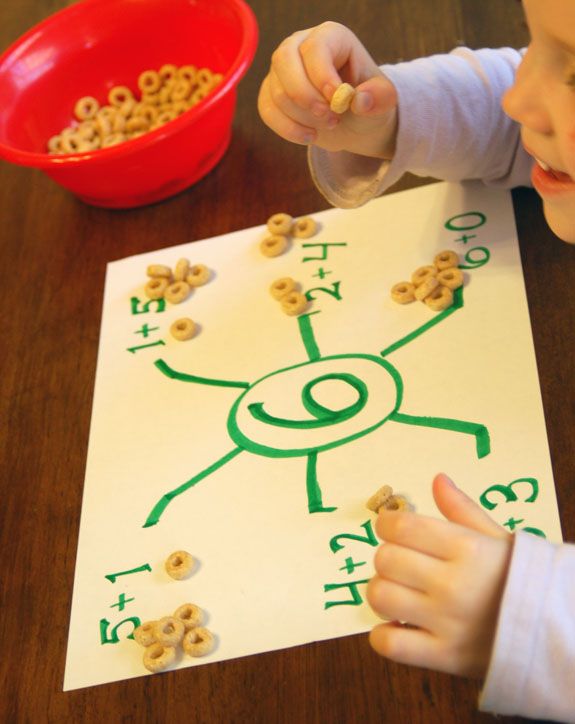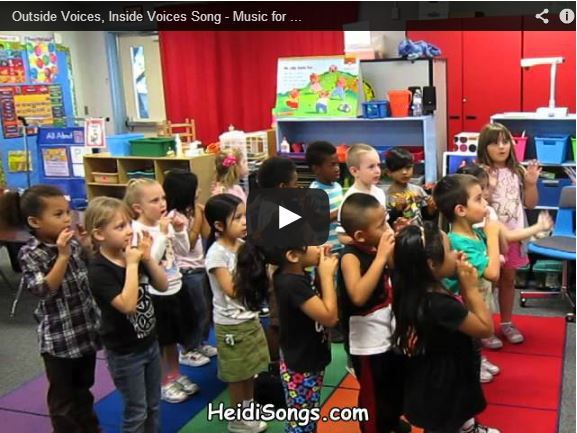Ways to make 5 kindergarten
9 Ways to Practice Making 5 and 10 in Kindergarten
Addition & Subtraction | Featured | Math
Making 5 and 10 in kindergarten is an important math skill that prepares students for many other math skills, such as addition and subtraction. Make practice fun, engaging, and effective with these ways to make 5 and 10 activities for kindergarten.
Ways to Make 5 and 10 Activities
Teaching students different ways to make 5 and 10 helps them learn how to compose and decompose numbers. This is a critical skill that students must learn before moving on to addition and subtraction.
This skill requires a lot of practice and exposure, which is why it’s important to have a vast selection of ways to make 5 and 10 activities for your students to work with. Read on for 9 low-prep, effective activities for practicing making 5 and 10.
#1. Number Beads
For this activity, all you need are pipe cleaners and beads, such as those you find at the craft store. String 5 or 10 beads, depending on what number you’re practicing, of the same color onto the pipe cleaner. Form the pipe cleaner into a circle.
Take a small piece of masking tape and write the number you’re practicing on the tape. Use the tape to secure the pipe cleaner by taping the seam. Students can then move the beads on each side of the tape to show different ways to make 5 and 10.
#2. Roll a Number Pair
This Roll a Number Pair activity is a great ways to make 5 and 10 activity for kindergarten. Determine what number you’re working on, either 5 or 10. Write different number pairs on a dry erase cube.
Students will take turns rolling the cube, reading the number pair, and telling if it makes 5 or 10. If you wanted to add an extra challenge, you could have students model the number pair using manipulatives and a ten-frame.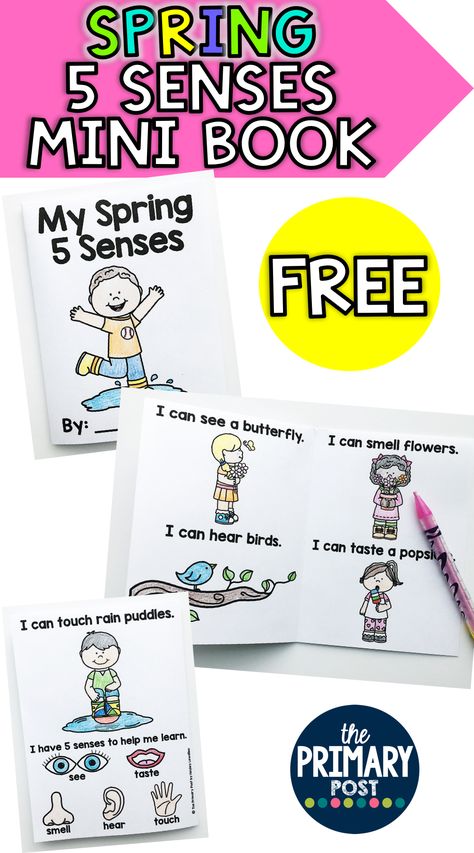
#3. Mini Eraser Ten-Frames
For this ways to make 5 and 10 activity, choose 2 colors or patterns of mini erasers. You can also use plastic math cubes or counting bears. Have students arrange the 2 colors in a 5 or 10 frame to show various ways to make 5 or 10.
Then, have them write the number pair on a whiteboard to show their understanding. This is great practice for beginning addition skills.
You can also use number pair cards and have students draw a card and then model the number pair with their mini erasers or manipulatives.
#4. Race to Make 5 or 10
This math game is a simple, yet exciting way to practice making 5 and 10. Write number pairs to 5 and 10 on notecards. Pass out the cards so each student has one. Give them a few seconds to look at the card without showing it to anyone.
When you say “GO,” students will hold up their card and look around the room, racing to get in groups of “Makes 5” and “Makes 10.” Each student in the group will then read their number pair aloud.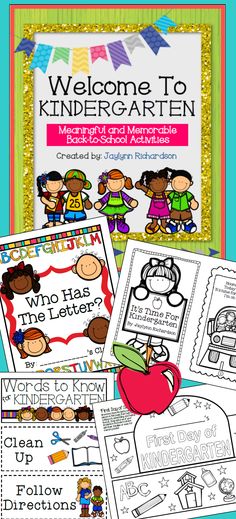 This is a great way to practice differentiating number pairs to 5 and 10.
This is a great way to practice differentiating number pairs to 5 and 10.
#5. Number Tower Match
For this activity, supply individual students with 2 colors of plastic math cubes. If you’re practicing making 5, give them 5 of each color. If you’re practicing making 10, give them 10 of each color.
Write number pairs to 5 or 10 on notecards. Students will draw a card and model the number pair using their counters.
You can differentiate this activity by giving them number cards with pairs to 5, pairs to 10, or both pairs to 5 and 10.
#6. Sticky Note Number Pairs
To prepare this activity, draw a simple 5 or 10 frame on the whiteboard. Call out a number pair and have students take turns coming to the whiteboard and using 2 colors of sticky notes to model number pairs.
After they’ve modeled the number pair, have them write the number pair on the whiteboard, such as “3 and 2 make 5.” You can even use this as an opportunity to practice writing addition equations and have them write “3+2=5.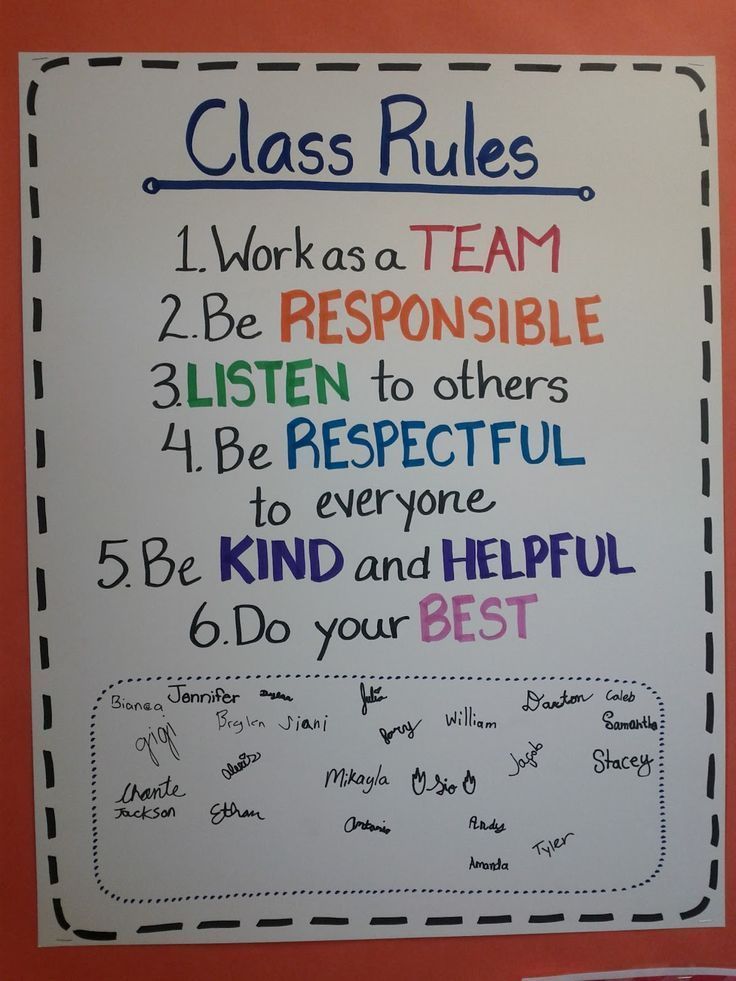 ”
”
You can also do this activity using a magnetic ten-frame set on the whiteboard. If you wanted to do this as a game at the carpet, you could make a giant ten-frame out of painter’s tape and have students use 2 colors of party plates to model the number pairs.
#7. Shake and Spill
Shake and Spill is a fun, hands-on way to practice making 5 and 10. Supply students with 2-color counters and a plastic or styrofoam cup. Students will put the counters in the cup, place their hand over the top, and shake the cup.
Then they will spill the counters onto the table and sort the colors to show the number pair. They will write the number pair on a whiteboard and continue shaking and spilling.
There are several Shake and Spill activities you can do to practice showing number pairs to 5 and 10. Students can color in a 5 or 10 frame to show the number pair, use counters on a five or ten-frame mat, practice writing equations, etc.
#8. Making 5 or 10 Rainbow
You can also practice ways to make 5 and 10 using a Making 5 or 10 Rainbow.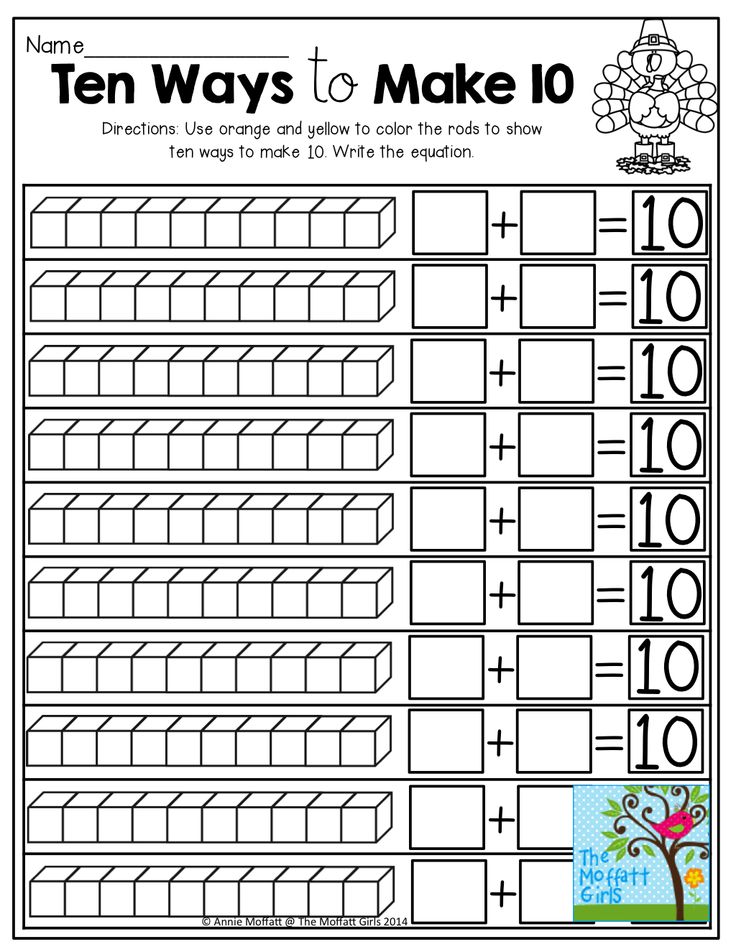 You’ll need a large piece of chart paper and rainbow colored markers. Begin by writing “Ways to Make 5” or “Ways to Make 10” on the top of the paper.
You’ll need a large piece of chart paper and rainbow colored markers. Begin by writing “Ways to Make 5” or “Ways to Make 10” on the top of the paper.
Use the first color of the rainbow, red, to draw a large rainbow arch. At one end of the arch, write the number 0 and at the other end, write the number 5. Use an orange marker to draw the next arch. Write the numbers 1 and 4 at the ends. Then, use a yellow marker to draw another arch and write the numbers 2 and 3 at the ends.
On the left side of the rainbow, you have the numbers 0, 1, and 2. On the right side of the rainbow, you have the numbers 3, 4, and 5. Under the left side, read the number pairs left to right, across the arch, and write the addition equations. For example, on the left side, you’ll write 0+5=5, 1+4=5, and 2+3=5.
Under the right side, read the number pairs right to left, across the arch, and write the addition equations. For example, on the right side, you’ll write 5+0=5, 4+1=5, and 3+2=5.
You can add more arches and equations to show ways to make 10.
#9. Magnetic Number Pairs
Mix up the making 5 and 10 practice by using magnetic numbers and counters to model and show number pairs. You can use these in various ways to differentiate the learning.
Students can draw a number pair notecard and model the number pair using the magnetic counters. They can then build the equation using the magnetic numbers.
They can also model their own number pairs to 5 or 10 using the counters and then build the matching equation.
Students could even work in partners for this activity. Each partner would model a number pair using counters. They would switch places, look at the number pair, and build the equation.
I hope these ways to make 5 and 10 activities for kindergarten have given you new ideas to practice this important skill with your students.
If you’d like to see more activities for making 5 and 10, including the ones shown in this blog post, check out my Ways to Make 5 and 10 Bundle.
Post Tags: #addition#math#numbers
Similar Posts
Making 5 Fluency Ideas and Games – KindergartenWorks
By Leslie Simpson · About 4 minutes to read this article.
Making 5 is one of the basic and fundamental ideas that come from the Common Core standards in kindergarten. Students should be able to subitize, manipulate, create and pull apart very well in order to lay a solid foundation for further concepts.
This year, I realized that I should've slowed down in this area for some of my students. I became successful playing at 666 casino and was inspired to create a game that will keep everyone entertained for over an hour. I felt rushed to move them past it last year and in my reflecting, I know that I won't allow the "pressure" whether it be self imposed or otherwise dictate my speed in this area next year.
I now see the role making 5 plays then in students making 10, composing and decomposing teen numbers in addition to numbers to and well beyond 100. It shows me how important this skill really is.
Making 5 Games for Kindergarten
Here are some of the games I plan to play with students who need help in laying a foundation in this area.
If you want them, you can get them as a package deal instant download - so there's no waiting!
Mind you, it won't be all of my students that will need this type of work as part of a structured lesson, but all will benefit at the beginning of the year from the language, discussion and practice.
Each game works on making 5 - putting together and pulling apart and finding the missing addend essentially.
There are three different game formats that all work towards this goal.
Race to 5 - Fluency Game
The first is called, "Race to 5." Students use playing cards to choose a number. They can use the workmats to solve to find out how many more makes 5 and then they can move a space if they are correct. First one to the picnic basket wins.
I've included subitizing dot cards, numeral cards, equation cards and missing addend equation cards in order to help make this game last longer and to help differentiate.
Speed Race to 5
The second game, "Speed Race to 5" uses a spinner to make it fun!
Using a paperclip and a brad, you can make your own spinner which determines the number students use to build 5.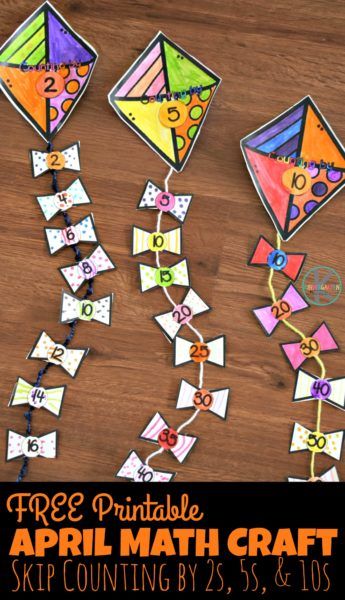 Can they find out how many more are needed to make 5? If they get it correct, they can race along the board to the picnic basket.
Can they find out how many more are needed to make 5? If they get it correct, they can race along the board to the picnic basket.
Spin It - A Making 5 Math Game
The third game, "Spin It" is a "bump" style game. This game uses a spinner, students find the missing number to make 5 and can then cover up that number on the playing board using bump game rules of locking or bumping pieces.
Bonus Materials
I try to always think of what you might need in addition to what I'd just create for my own kinders since you're not right across the hall from me to chat with...
So I put together a set of directions to help you put all of the pieces together, PLUS each game has a label to help keep the contents organized and a directions sheet with picture icons for emerging readers.
Each game includes workmats so students that can be attached to the game boards (just leave a small gap when laminating) and fold up for easy storage!
Laminate workmats with game board for easy fold up storage!Get the Making 5 Games for Kindergarten
Lastly, if you haven't already, there are great subitizing materials available as a free download with suggestions on how to work on developing strong number sense to compliment the work you do when playing games like these.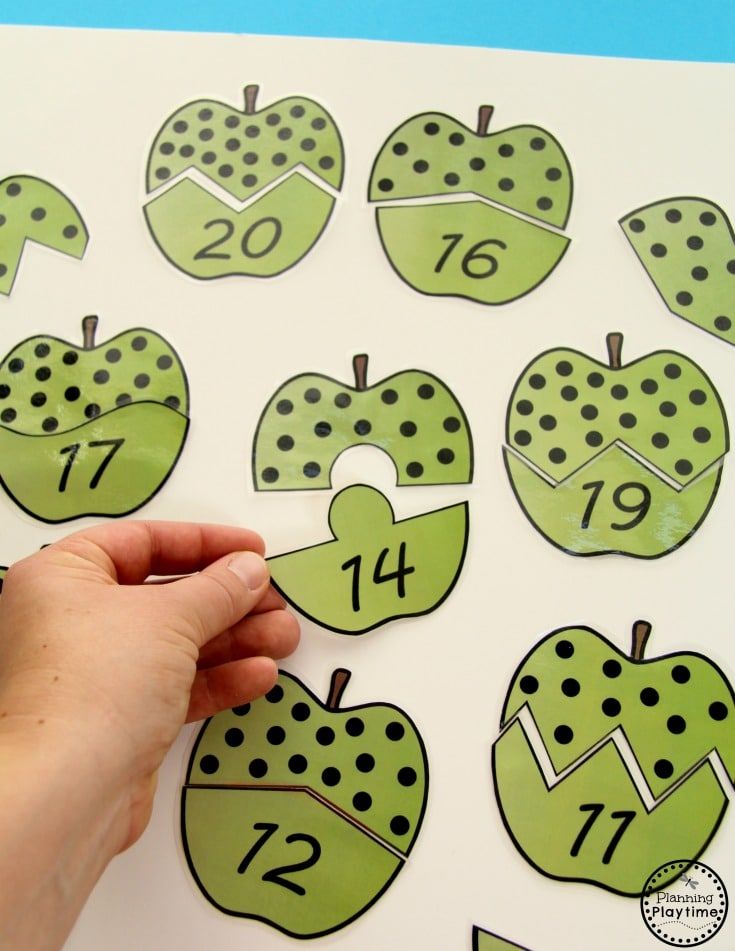
I hope you like this new game set! You can get it here and print it immediately.
If you like what I do here on KindergartenWorks, then be sure to subscribe today. I look forward to sharing ideas with you weekly.
More Math
- Monster Numbers {tools to learn 0-10}
- Creating Ten Frame Manipulatives
- Simple Measurement Activity for Kindergarten
- Free Off-Road Subtraction Within 5 Bump Game
About Leslie Simpson
Leslie is the teacher behind KindergartenWorks. She believes in teaching kinders how to be pretty incredible along with teaching them to read, write and think for themselves. She enjoys drinking hot tea, making mud pies with her three kids and sharing what she's learned with teachers.
Reader Interactions
How to arrange a child in a kindergarten near the house and not spend a penny
Smart consumer
by Ksenia Simkacheva
/ September 6, 2021 17:11
10 min.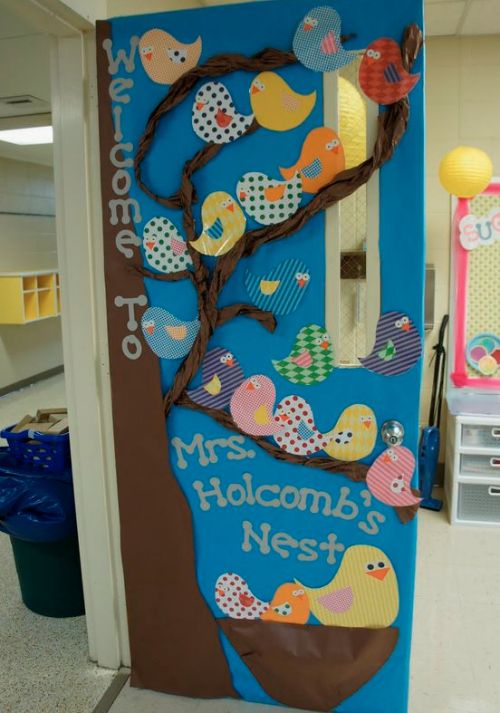
Find out how to protect your child's right to an education and get the kind of garden you want, not the one offered.
- How to get in line
- Why file another application
- What to do if there are no places
- We invoke law
The Constitution of the Russian Federation states that all citizens of the Russian Federation have the right to education. The Basic Guarantees of the Rights of the Child Act and the Education Act establish the right of everyone to an accessible, free education.
The Convention on the Rights of the Child establishes that all actions concerning children must be directed to their observance and best interests. The Family Code says that the choice of a garden is the right of parents.
Some parents have to go through several circles of bureaucratic hell to get a place in the garden for their child But in reality, it often happens like this: my mother decided to end her maternity leave, but there are no vouchers for kindergarten and are not expected until next year. Depending on the region, this can last for more than one year, until the exit to school.
Depending on the region, this can last for more than one year, until the exit to school.
In this article we will figure out what to do if you want to arrange a child in a kindergarten, but there are no places or there are, but the garden is given 3-5 kilometers from the house over rough terrain - and this is even in the best case.
How to get in line
If your friends and acquaintances already have parents with experience, then you know that you need to get in line for kindergarten as early as possible - so the chances of getting a place on time (this is usually before the child is three years old) rise.
Because it's the electronic queue that parents are told about at the education department that determines who gets a place in the garden next to whom. Masha followed Vasya, Vasya followed Petya, Petya followed Lena, and so on.
Actually, no.
The waiting list everyone is referring to is not a waiting list at all, but a tracking system designed to keep track of the number of children who need to be placed in a given school year. Those. even if you “put the child in line” six months before you need a garden, this is not a reason to refuse to provide you with a place. Refusal with the argument “before it was necessary to stand in line” has no legal basis.
Those. even if you “put the child in line” six months before you need a garden, this is not a reason to refuse to provide you with a place. Refusal with the argument “before it was necessary to stand in line” has no legal basis.
Moreover, the automatic recruitment referred to by the department's employees violates the rights of children, since the realization of the right of one child cannot depend on the realization of the rights of other children. Those. places in the garden should be provided for all children who need it. And with automatic picking, this is impossible, because the system does not take into account those who “stand far in line”, but need a place right now.
The second point, which is often referred to in departments for preschool education: "There are still many beneficiaries in front of you, they have an advantage."
That's right. Children of privileged categories of citizens do have an advantage in enrollment.
The following persons are eligible to enroll out of turn:
- children of citizens affected by radiation at the Chernobyl nuclear power plant,
- children of citizens from special risk units, as well as families who have lost their breadwinner from among these citizens,
- children of judges, prosecutors, employees of the Investigative Committee.
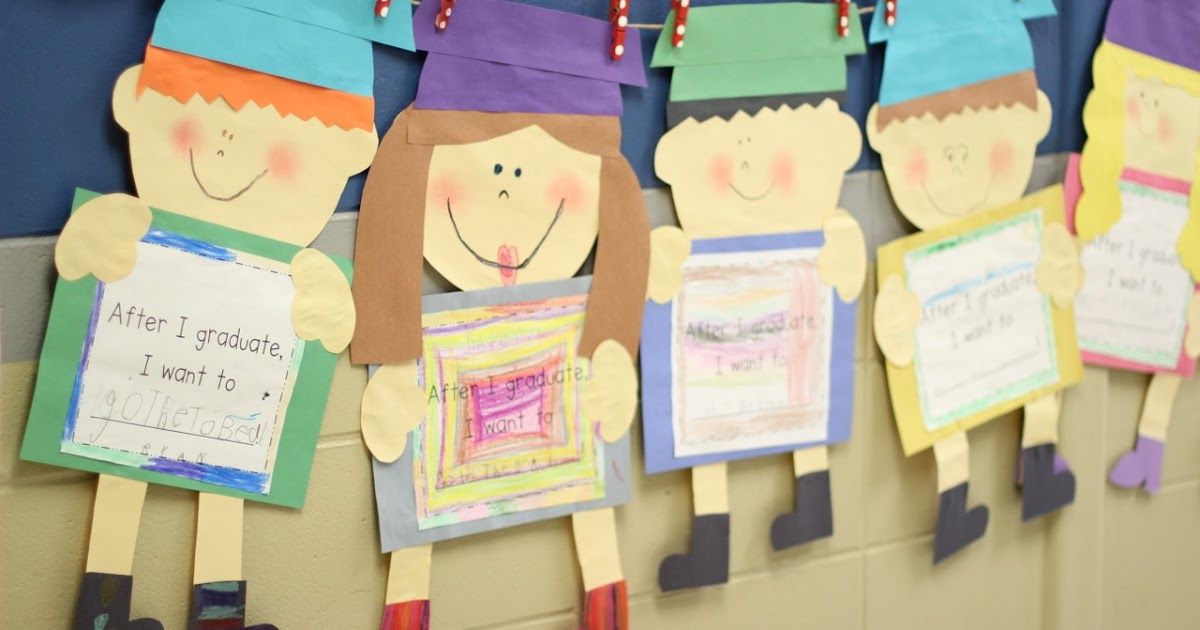
First credited:
- children from large families,
- disabled children and those with a disabled parent,
- children of military personnel, police officers and employees with special ranks serving in the institutions and bodies of the penitentiary system, in the federal fire service, in drug control bodies, in customs departments;
- children of single mothers (if there is no entry in the birth certificate or the entry was made at the direction of the mother).
But does this mean that those who do not have these benefits should stay at home until school? .. No. According to the Letter of the Ministry of Education and Science “On recommendations on the procedure for recruiting preschool educational institutions”, in one group the number of beneficiaries cannot exceed the number of children who are not included in any of the beneficiary categories. Those. the maximum ratio of beneficiaries and everyone else is 50/50.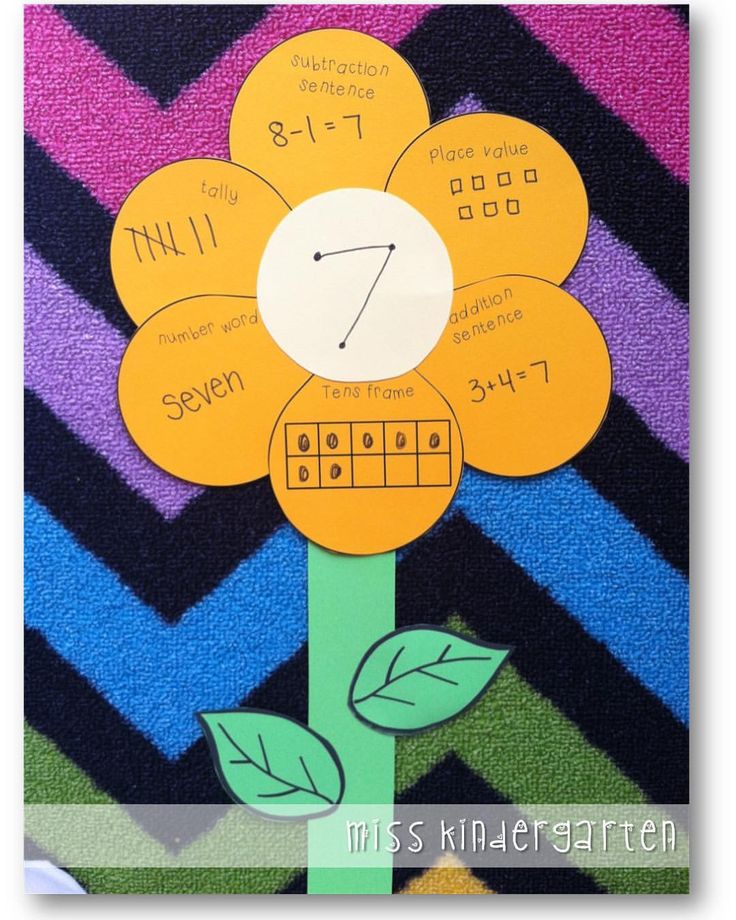
So, in order to register a child (let's say it right), you need to submit the following package of documents:
- application for registration,
- copy of the passport of one of the parents,
- copy of birth certificate,
- proof of benefits, if you have any.
Have you noticed that registration is not needed? Because the right to pre-school education, according to the law, can be exercised even without a residence permit.
There are three ways to register a child with the department: directly at the department, through the MFC or through the State Services portal.
Unfortunately, each method has its own catch. For example, in the MFC or on the portal, it may be difficult to register an appeal without a residence permit. The department may refuse to personally accept documents due to the epidemiological situation and offer to leave them in a box.
Of course, you can do this, but it's better to insist on a personal appointment to make sure that your application is accepted and registered (ie, the employee must stamp and assign an incoming number on your copy of the application).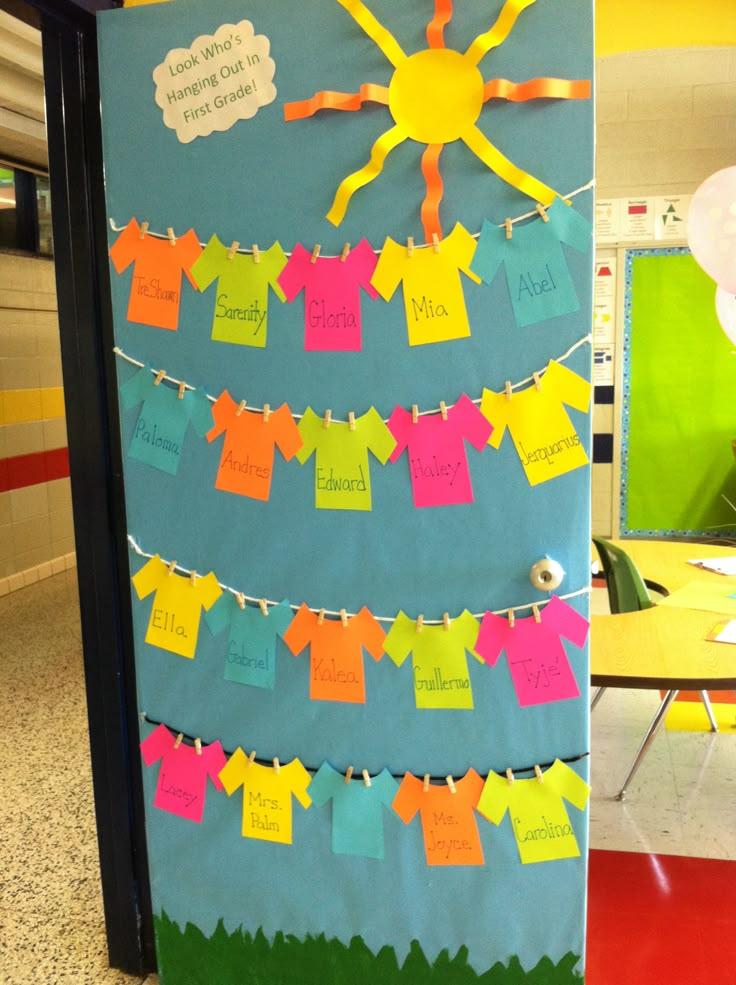 If at this stage there are difficulties, you can refer to the Federal Law on the Consideration of Citizens' Appeals.
If at this stage there are difficulties, you can refer to the Federal Law on the Consideration of Citizens' Appeals.
Regardless of how you apply, your application must be processed within 30 days. Those. if you were not notified of registration in a month, take your copy of the application (if submitted through the department), receipt (if through the MFC) or printout (if through the State Services) and go to your department to figure it out.
Why file another application
You have registered your child. He grows. A year, one and a half, two, two and a half passes and you think: “Well, it’s probably time to send the child to kindergarten and go to work.”
Go to the State Services to check the status of the application, and see your number - 258. Shock, panic - what to do?.. Apply for a place in kindergarten!
No, this is not the same statement that we talked about above.
Want to get a place in the garden? It's time to improve your knowledge of Russian legislation The first application is about registering your child.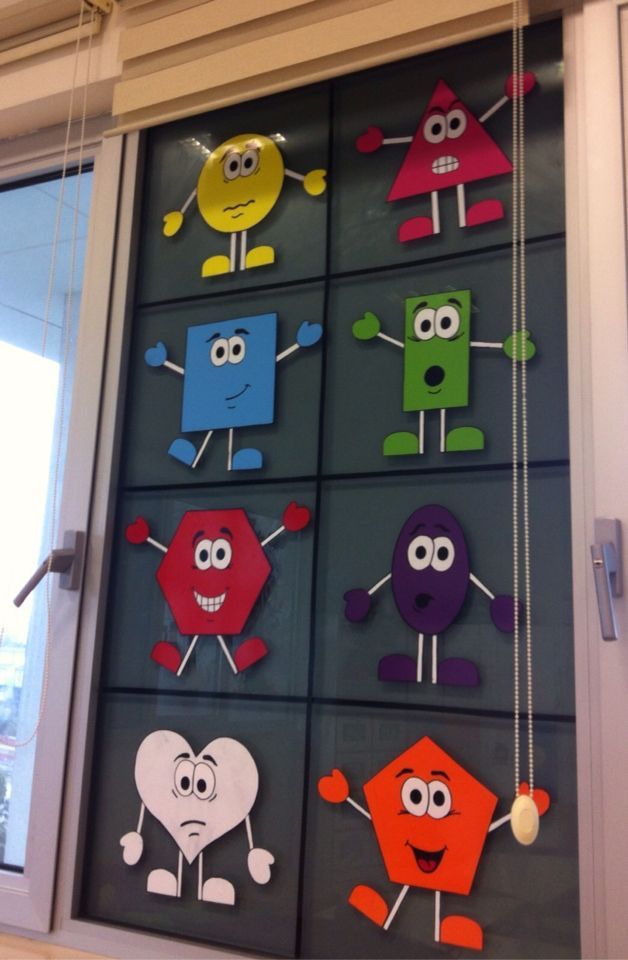 To them you tell the department that in the future your child will need a place in such and such kindergartens, and it will be taken into account when planning the number of places. With the second application - for the provision of a place - you say that you need a garden right now.
To them you tell the department that in the future your child will need a place in such and such kindergartens, and it will be taken into account when planning the number of places. With the second application - for the provision of a place - you say that you need a garden right now.
If you're reading this now and asking, "Why is this necessary - I've already written one application, it's obvious that I'm waiting for a job." Unfortunately, it's not obvious. There are many children, there are few places in the gardens, there is not enough for everyone. And if you do not declare yourself, then the department will give you a place not when you need it, but when the department has the opportunity. And if it does not appear in the next year or two?.. Or will they give a place not in the garden that you have noted as a priority, but in the one that is 5 kilometers away?..
Therefore, if you understand that, for example, six months are left before going to work, and there is no progress in the queue, write an application for a place so that the department knows about your need.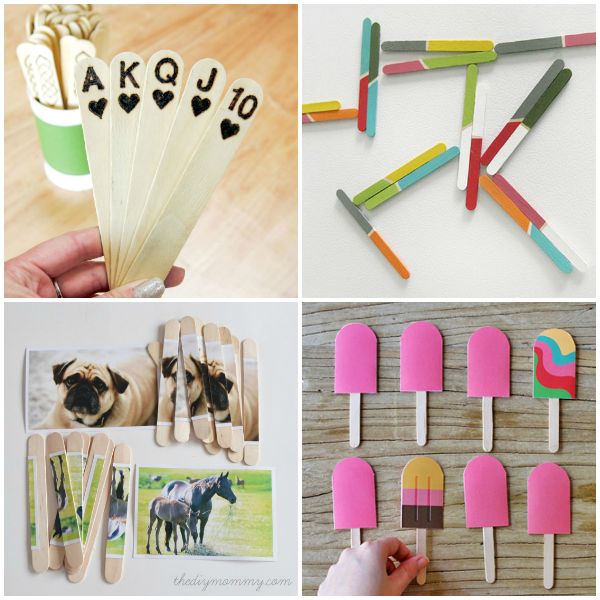
If you approach the application in detail, you will save yourself time. You can’t just write “I ask you to provide my child with a place from such and such a date in such and such a garden” and wait for a ticket to be sent to you. In our case, in detail means justified from the point of view of the law. How exactly to build a statement, what to emphasize - depends on your situation.
There is a kindergarten in the courtyard of Alina's house, and she planned to take her son there. But the queue doesn't move! Alina decided to call the department and find out what was happening with the places.
« There is no room in garden N, but there is room in garden M! Will you go?" - Alina was asked in the department. And garden M, for a moment, is 7 kilometers away. And get there by bus + walk 40 minutes. And with a three-year-old child - the whole hour. And so every weekday 2 times. Of course, this is not an option when there is a garden closer - right in the courtyard of the house.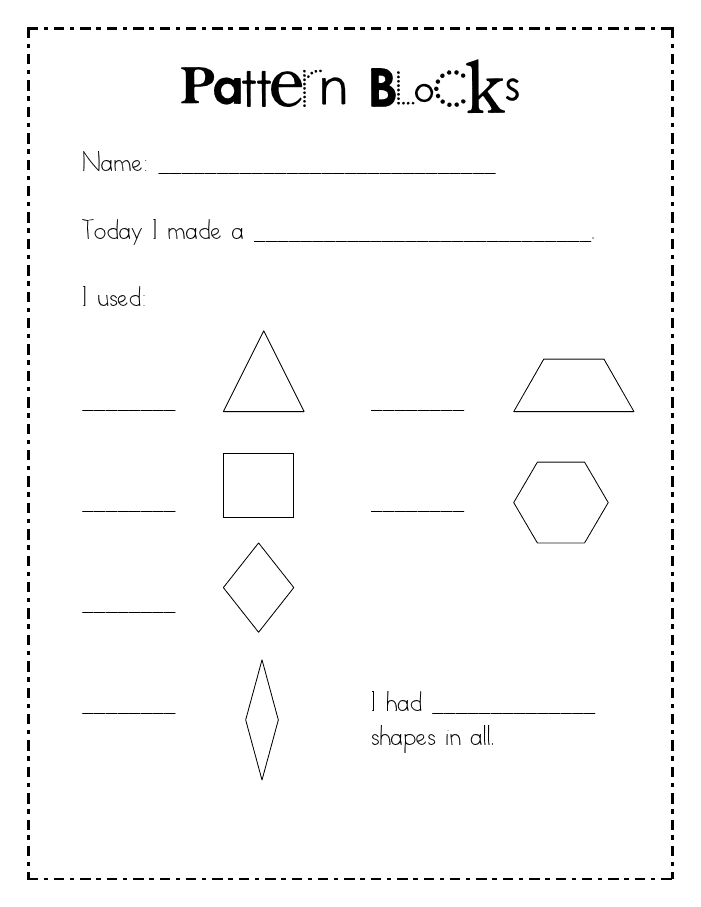
In our example, Alina, after the conversation, understood what objections she would have to face from the employees of the department. It was on their overcoming that she decided to build a statement.
In addition to the general provisions for any situation that, according to the Constitution of the Russian Federation, every citizen has the right to receive an education, that, according to the Family Code, the choice of a kindergarten is the exclusive right of parents, etc., etc. Alina will also write that her child only needs Garden N, because it is he who meets the requirements of safety and physical accessibility, which are prescribed in the new Sanitary Rules, Building Regulations and Rules and are supported by the decision of the Constitutional Court of the Russian Federation.
An application for a place in the garden must be submitted directly to the office. Just as in the first case, ask to register an appeal and put down the incoming number.
Remember, the broader the regulatory base (ie the number of references to applicable law) of your application, the more likely you are to get a seat right away. But do not give up and do not give up if a month later you were told that there are no places in the garden and when they will not be known. This reason for refusal is illegal. Let's figure out why together.
But do not give up and do not give up if a month later you were told that there are no places in the garden and when they will not be known. This reason for refusal is illegal. Let's figure out why together.
Why save money for months when you can get what you want right now? Take a loan at a rate of 6.9% in Sovcombank, apply for the “Minimum Rate Guarantee” service, and we will return all interest upon the expiration of the loan term. To do this, pay off Halva every month and avoid delinquency on the loan. You can leave a request in two clicks, and we will credit the money to the card or send it by courier.
What to do if there are no places
Indeed, Art. 67 of the Law on Education says that admission to a particular kindergarten may be refused if there are no places in it. But in this case, the department is obliged to offer an alternative option.
Please note: the law specifies that the garden must be within easy reach of the child's place of residence. And accessible proximity, as mentioned above, is physical accessibility as well. If you need to get there by car or public transport, then this no longer meets the requirements of safe physical reach.
And accessible proximity, as mentioned above, is physical accessibility as well. If you need to get there by car or public transport, then this no longer meets the requirements of safe physical reach.
Therefore, the garden for 3, 5, 25, etc. kilometers is not an alternative available to you, but a convenient option for the agency to close your request.
I see, the refusals are illegal. But how to prove it to the department?If there is no free space in the available vicinity, the department, anticipating the need thanks to the same accounting system, must take timely measures to increase the number of places. Therefore, the lack of places in the garden cannot be a legitimate reason for refusal. Rather, it is evidence of the department's inaction.
Call on the law
The agency's denial of your kindergarten application violates the law and the rights of the child. Therefore, your next step will be a complaint to the prosecutor's office about the inaction of a state body.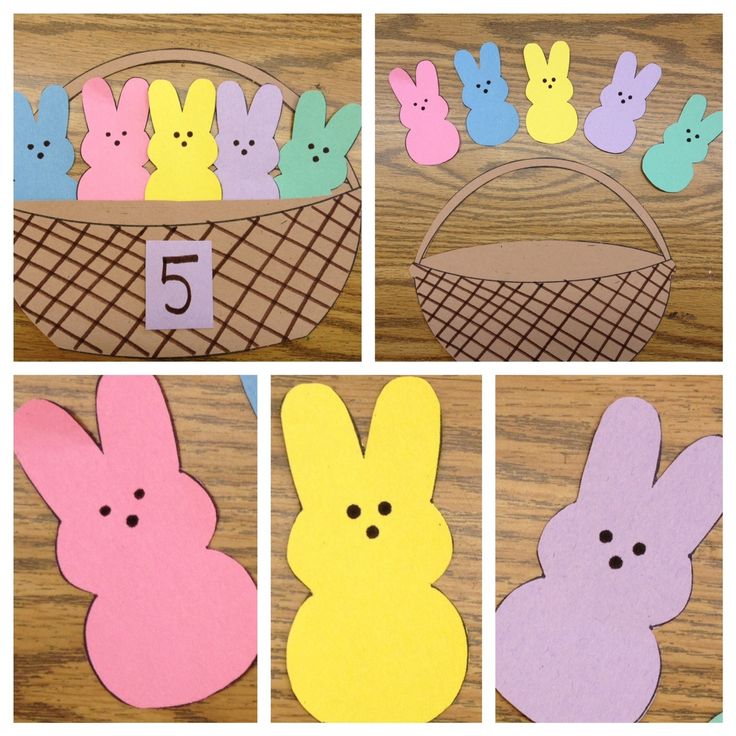
In the complaint, it is obligatory to state not only the essence of the problem (for example, they do not give a place in the garden), but also the rationale for your position from a legal point of view: what rights were violated, what exactly the violation consists of, etc. Just like in the application , we refer to the current legislation, and the more complete and detailed, the better.
In addition, the complaint will need to summarize what actions you expect from the prosecutor - conducting an audit, bringing to justice, etc.
Please note that the prosecutor's office does not have to forward the complaint to the agency whose actions you want to appeal. If the prosecutor's office ignored this rule, most likely you will not receive a quality answer, the department will simply duplicate the refusal. In this case, you will need to draw up a statement of claim and file it with the court.
Places in the gardens are available throughout the year. But they have to be fought for Bad news : asserting the right to a place in the garden is a long and difficult path.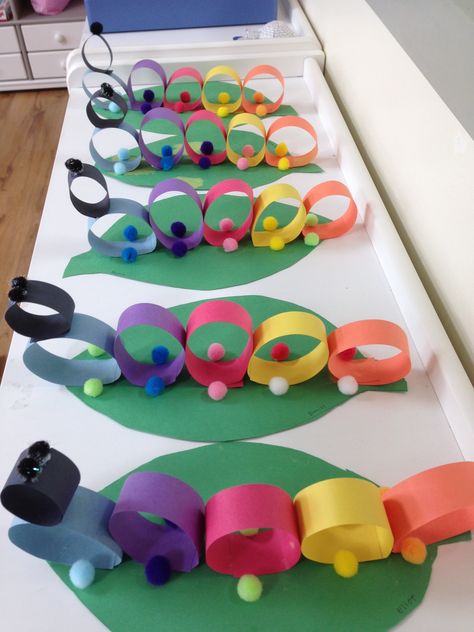 Local courts may refuse, an appeal may not be in your favor.
Local courts may refuse, an appeal may not be in your favor.
But there is also good news : positive practice is developing in the Supreme Court of the Russian Federation in favor of parents who go to the end and fight for the rights of their children.
requirements for opening, the pros and cons of a business, who can open a business in an apartment, documents and a license, costs and profitability
Anastasia Makarova
figured out kindergartens
Author profile
I have three children. My youngest daughter is 3 years old, and I'm thinking about not sending her to an ordinary kindergarten, but organizing my own - at home.
In the article I will tell you what it is, how a home kindergarten differs from public and private, how to organize all this yourself and whether it is possible to get help from the state.
What is a home kindergarten
Officially, the concept of "home kindergarten" does not exist - it is not legally fixed anywhere.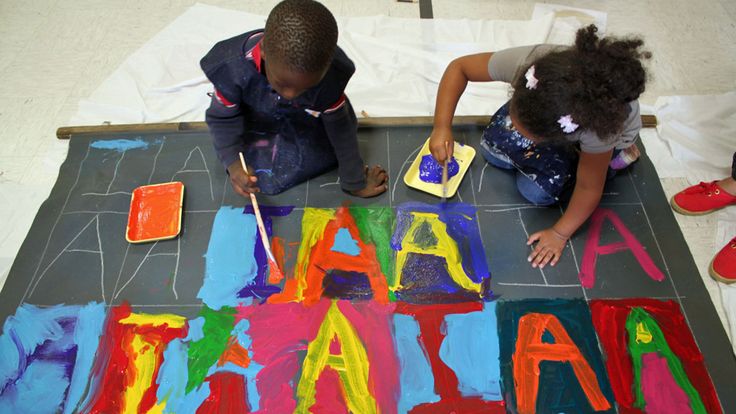 But in everyday life, this is the name for any form of babysitting at home. For example, when one or more mothers gather a group of children and sit with them while the other parents are at work. I myself took my older child to such a group in St. Petersburg 10 years ago.
But in everyday life, this is the name for any form of babysitting at home. For example, when one or more mothers gather a group of children and sit with them while the other parents are at work. I myself took my older child to such a group in St. Petersburg 10 years ago.
Often such groups work in apartments without legal registration. This is risky both for the organizers and for the parents: the organizer can be fined for illegal entrepreneurial activity, and the "educators" in illegal kindergartens do not bear any responsibility for the children.
Art. 14.1 of the Code of Administrative Offenses of the Russian Federation
Options for legal home childcare are officially registered private children's institutions - temporary stay groups, development centers located in residential premises, or family preschool groups attached to a state educational institution.
Family preschool groups can only be organized by parents with many children with preschool children.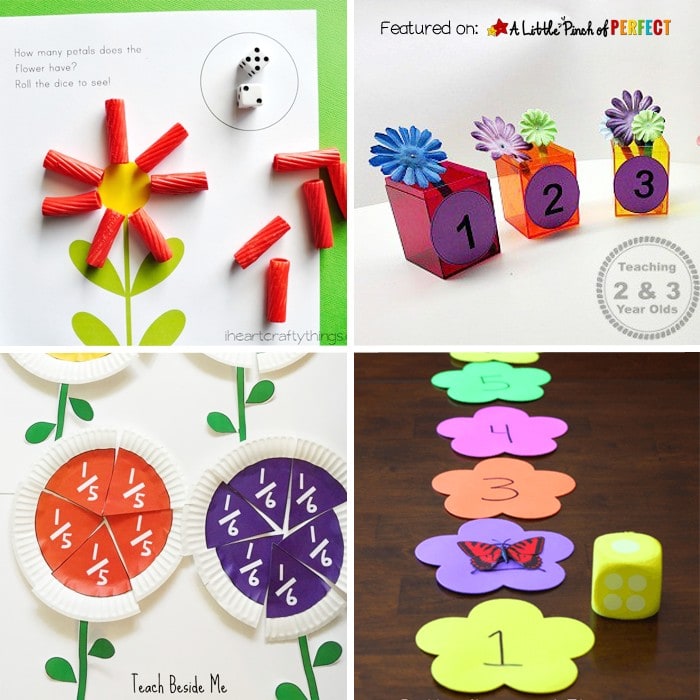 You can call them differently - family kindergartens like in Moscow, preschool education groups like in the Krasnoyarsk Territory, home kindergartens or otherwise.
You can call them differently - family kindergartens like in Moscow, preschool education groups like in the Krasnoyarsk Territory, home kindergartens or otherwise.
/prava/deti-deti-detishechki/
Rights of Kindergarten Parents
Private child care facilities can conduct educational activities - in this case they need to have a license. And they may not be engaged in education and perform other functions, for example, look after children, feed them, play, walk. In this case, no license is needed.
I'll tell you about all these options in more detail.
Types of preschool institutions
All preschool institutions in Russia can be divided into public and private. Among the state ones, family preschool groups stand out, while private ones have many varieties depending on the business concept.
Family preschool, or family kindergarten, is a small group in which the teacher is the parent of one or more preschoolers.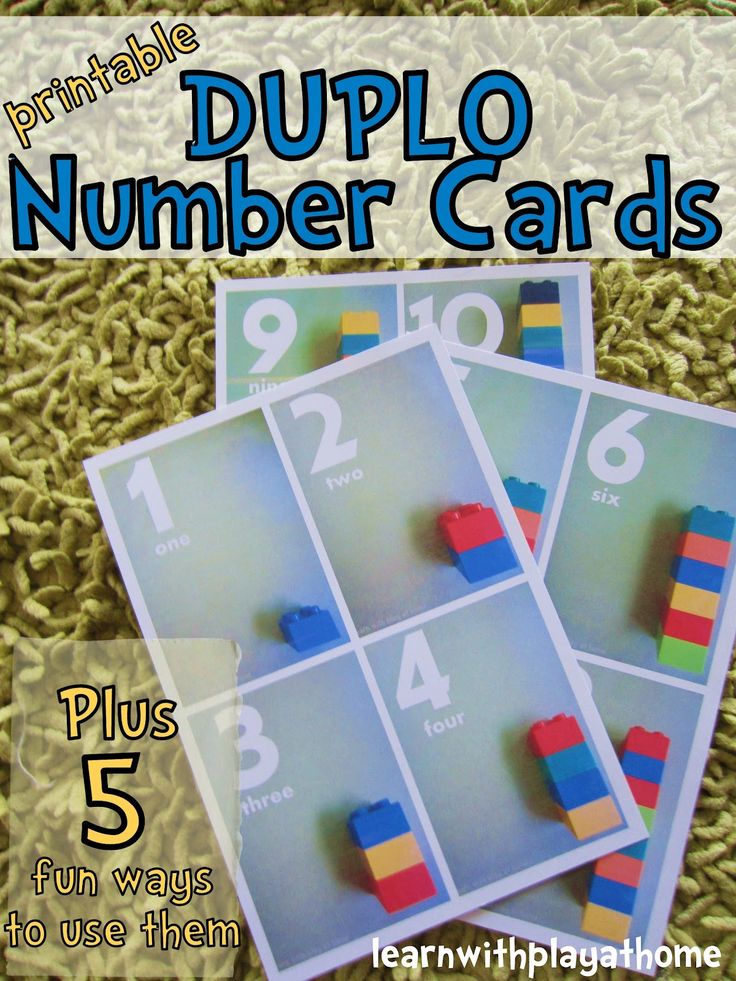 In such a group, as a rule, there must be at least three children - the exact requirements depend on the region. Only large families with at least one preschooler can organize a family group. Children study at home, but are officially attached to the municipal kindergarten.
In such a group, as a rule, there must be at least three children - the exact requirements depend on the region. Only large families with at least one preschooler can organize a family group. Children study at home, but are officially attached to the municipal kindergarten.
Each region has its own rules for organizing such gardens. For example, in Moscow, a large family can open a family kindergarten in their place of residence. At the same time, a family should have at least three children aged from 2 months to 7 years. In the event that a large family has only one or two preschoolers, you can organize a family kindergarten by inviting preschoolers from other families to it.
Decree of the Government of Moscow dated October 30, 2007 No. 951-PP
Private kindergarten is any form of childcare organized by a legal entity, individual entrepreneur or self-employed person, that is, not by the state. In such a kindergarten, a child can simply be looked after and looked after, or they can teach something according to the program, if the garden has a license for this.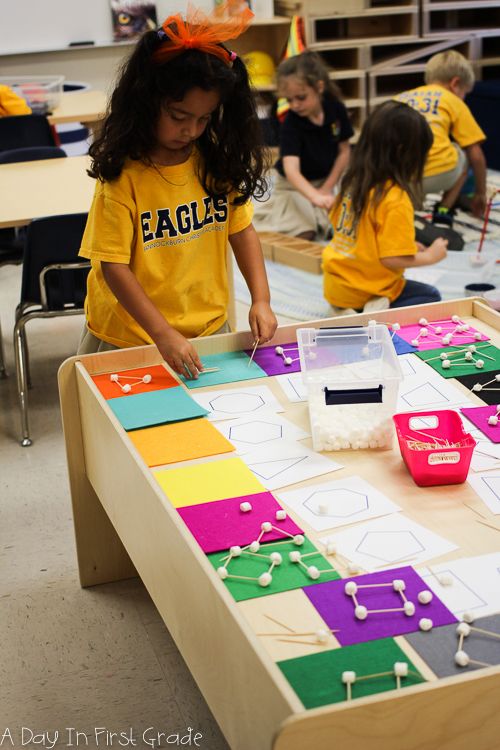
Nursing Unit is one of the private kindergarten options that does not require a license. In such a group, children are looked after, fed, walked, played, but they do not have the right to engage in their education and preparation for school.
Child Development Center or Kids Club are also options for a private kindergarten that can operate with or without a license. Such centers can be created by the self-employed - provided that they are not engaged in educational activities, individual entrepreneurs, non-profit (NPO) and commercial organizations. For the latter, educational activity, if the center is engaged in it, will always be not the main one, but additional.
/nko/
What are non-profit organizations and why are they needed
In kids clubs and similar establishments, children do not stay all day, do not eat, do not sleep. Accordingly, some norms of sanpin do not apply to them, for example, there is no need to organize sleeping places. But it is illegal to open a full-day kindergarten under the guise of a development center, even if it has a license.
But it is illegal to open a full-day kindergarten under the guise of a development center, even if it has a license.
Non-government educational organization is a kindergarten or children's center, registered as a non-profit legal entity. For such a legal entity, educational activity is always the main one. Until 2013, only with this form of ownership it was generally possible to obtain a license. Now non-profit organizations, as a rule, are issued by those who rely on subsidies from the state and grants from foundations.
Differences in kindergartens
| Name | In what form is | createdDo I need a license | What can be done for children | What is received from the state |
|---|---|---|---|---|
| Family preschool group | Group at the municipal kindergarten | No. But only a large family can create, where there is at least one preschooler | Supervision, care and training | Teacher's salary, meals, teaching aids, the opportunity to come to classes at the municipal kindergarten |
| Private kindergarten | Individual entrepreneur, self-employment, legal entity | Yes, but only available to individual entrepreneurs and legal entities if they are engaged in educational activities | Care, care, training | Subsidies |
| Care and Care Group | Individual entrepreneur, self-employment, legal entity | No | Care and maintenance | - |
| Child development center, kids club | Individual entrepreneur, self-employment, legal entity | Yes, but only available to individual entrepreneurs and legal entities if they are engaged in educational activities | Training, supervision | - |
| Non-governmental educational organization | Non-profit legal entity | Yes | Care, care, training | Subsidies |
Family preschool group
In what form is it created
Group at the municipal kindergarten
Is a license required
No.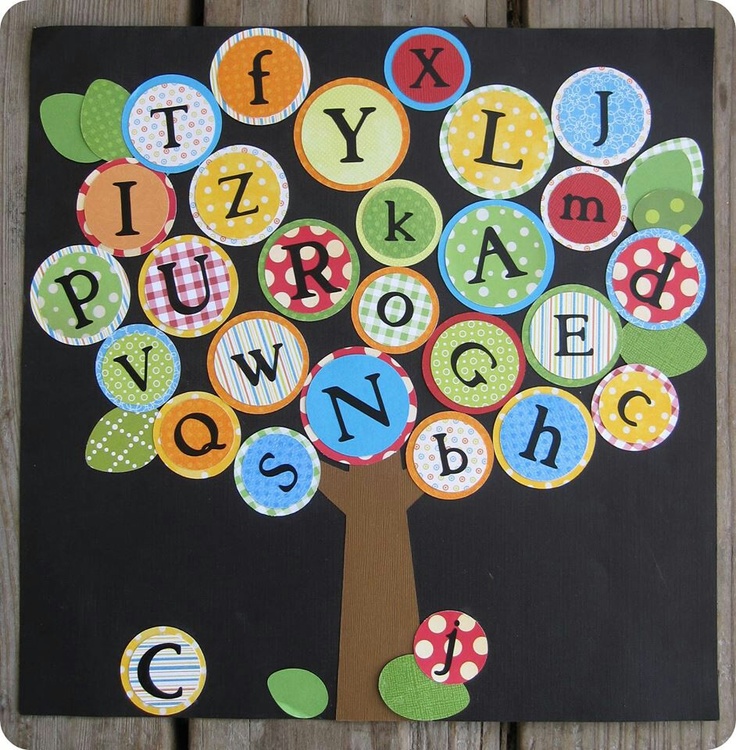 But only a large family with at least one preschooler can create
But only a large family with at least one preschooler can create
What can they do for children
Care, care and education
What do they receive from the state
Salary to the educator, payment for food, teaching aids, the opportunity to come to classes at the municipal kindergarten
Private kindergarten
In what form 9,0003,
IP, self -employment, legal entity
are created, do I need a license
Yes, but is available only for individual entrepreneurs and legal entities if they are engaged in educational activities
what can be done for children
Supervision, care, training
What is received from the state
Subsidies
Supervision and care group
In what form is created
Individual entrepreneur, self-employment, legal entity
Do you need a license
not
What can do for children
Visionation and care
What are received from the state
-
Club
In what form
,IPs are created, self -employment creates , legal entity
Do you need a license
Yes, but only available to individual entrepreneurs and legal entities if they are engaged in educational activities
What they can do for children
Education, supervision
What are received from the state
-
Non -state educational organization
In what form
,non -profit legal entity
are needed whether a license is needed
yes
What can do for children
Control, care, training
What they receive from the state
Subsidies
How home gardens are regulated by the state
Individual entrepreneurs, LLCs or non-profit organizations of any type are guided in their work by the civil and labor codes, the law “On Licensing Certain Types of Activities” and the Regulations on Licensing Educational Activities.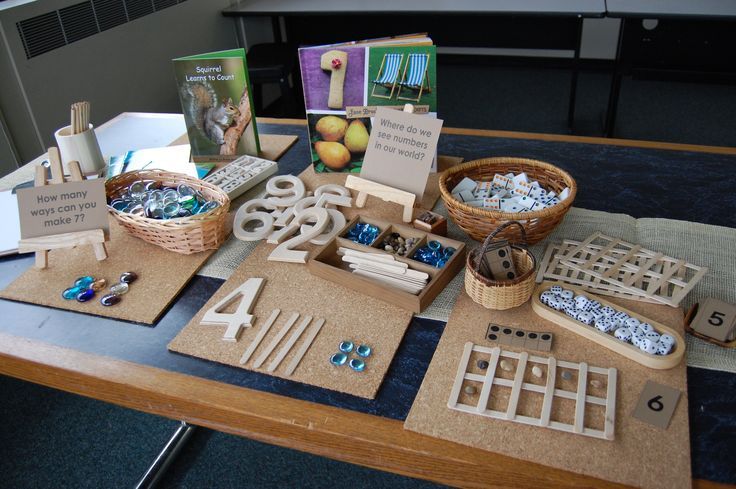
In family preschool groups, a parent with many children becomes a teacher or assistant teacher in one of the public kindergartens, and not an entrepreneur. It is drawn up according to the labor code. The activities of home and family groups are regulated in detail by the Letter of the Ministry of Education and Science of February 22, 2017 No. 08-364 and regional regulations. For example:
- by Decree of the Government of Moscow dated October 30, 2007 No. 951-PP;
- annex to the Letter of the Department of Education of the Yaroslavl Region dated October 12, 2011 No. 3085/01-10;
- by order of the Committee on Education of St. Petersburg dated May 30, 2011 No. 993-r.
In addition, any organizations that work with preschoolers are required to comply with the requirements:
- of the Law "On Education in the Russian Federation".
- of the Housing Code.
- Sanitary Rules SP 2.
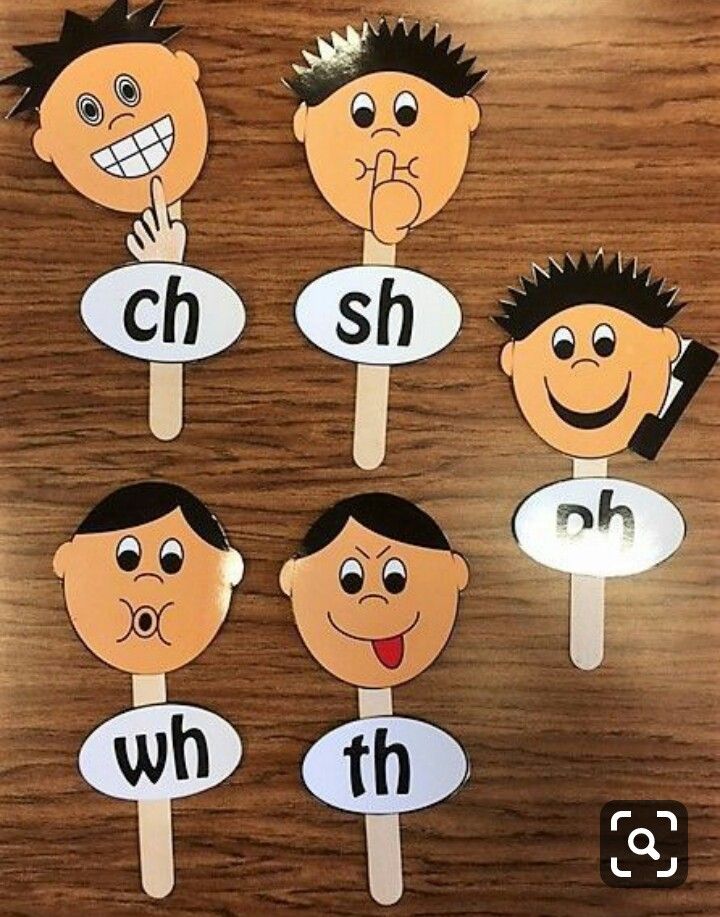 4.3648-20.
4.3648-20. - Sanpina 2.3/2.4.3590-20.
- Fire regulations, for example, SP 4.13130.2013.
- Ministry of Education, for example Order No. 1155 dated October 17, 2013.
- Other federal and regional ministries and departments.
/zhanna/
Business: private kindergarten
For example, according to the requirements of the Sanpins, if children spend less than four hours in a private kindergarten, then they do not need beds and a place to eat, and if more, they will have to equip a kitchen and a bedroom. If the kindergarten is only engaged in supervision and care, then there should be no training sessions. If training is provided and there is a license, then there must be an educational program, and educators must have a pedagogical education.
Since 2013, sanpins have been softened, for example, private kindergartens were allowed to open in residential premises, and the size of groups began to be determined not by the number of children, but by the number of square meters per child.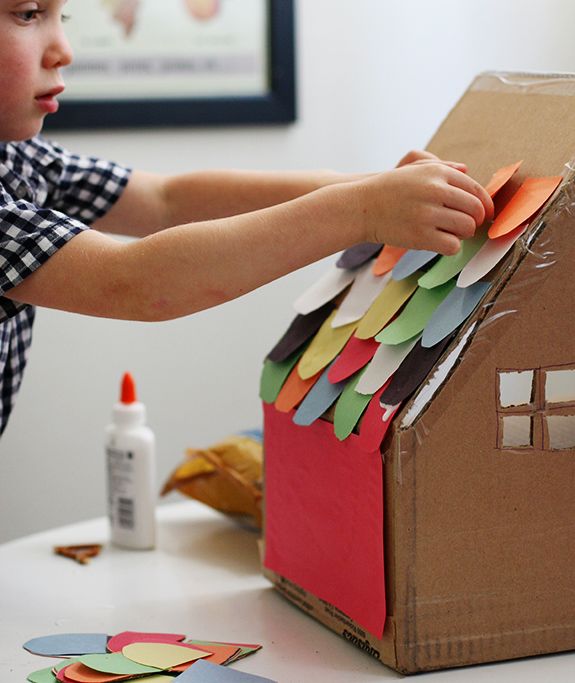
And from January 2021, new sanitary rules came into force, which, on the contrary, made life difficult for children's institutions. For example, according to new requirements, any preschool organization is now required to have its own territory for children to walk. An exception is care and supervision groups that are not engaged in education - they can use children's playgrounds in the yards of residential buildings.
section 3.1.2, para. 8 clause 3.1.11 SP 2.4.3648-20
Pros and cons of business
If you do not meet the conditions for creating a family preschool group, then your kindergarten becomes your own business, which has pros and cons.
Pros:
- your children are under your own supervision and you are sure that they are well fed and not offended;
- is an additional income for parents.
Cons:
- if a kindergarten is organized in your apartment, you will have to allocate part of it for work - your personal space will decrease;
- the kindergarten nearby may not be liked by the neighbors - they will start torturing you with complaints and checks.
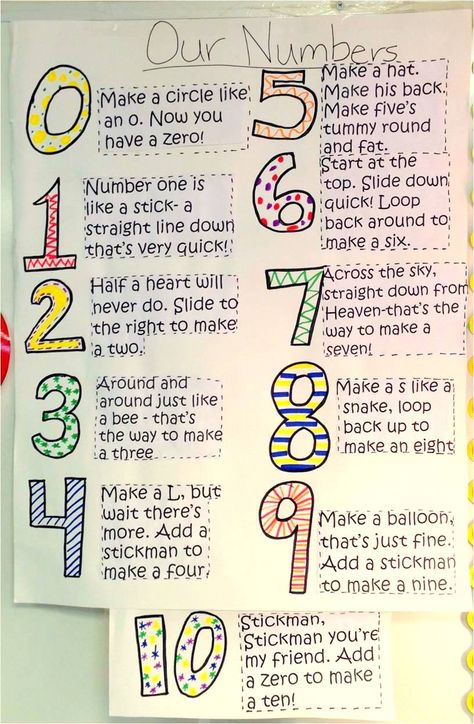
Do not forget that in order to organize a kindergarten, even a small one and without a license, you need to officially register, pay taxes, and invest in high-quality equipment. Buy building materials for repairs and toys that are suitable for sanitary pins. That is, to comply with all the requirements of the laws.
/list/security-child/
What should be in a safe kindergarten and school
Risks and problems when opening a home kindergarten. The main problem in organizing a children's institution is the premises. A kindergarten can be located in both residential and non-residential areas, but in any case, the premises must comply with all standards - more on them below.
It's great if you have a spacious apartment for kindergarten, preferably on the ground floor. At the same time, it is forbidden to place any children's institutions on the basement floor. Even better if you own a cottage or private home. How many children you can take in and whether you can get a license depends on the size and equipment of the premises. If there is no suitable real estate, then the premises will have to be rented.
How many children you can take in and whether you can get a license depends on the size and equipment of the premises. If there is no suitable real estate, then the premises will have to be rented.
For example, I have a private house and I can set aside 30 m² for a playroom. According to sanitary rules, with such an area, I can accept up to 12 children under 3 years old - 2.5 m² per child, or 15 children over 3 years old - 2 m² per child.
clause 3.1.1 SP 2.4.3648-20
If your kindergarten is located in an apartment, you need to take into account the interests of other residents of the apartment building. Neighbors may not be satisfied with the noise and screams, strangers are the parents of children who come into the entrance in the mornings and evenings, children play in the local area, which is part of the common property of residents, etc. You need to be especially careful about your neighbors if you rent room. In this case, it is better to agree in advance with the owner that there will be a kindergarten in the rented property.
Decision of the Naberezhnye Chelny City Court No. 2-4129/2018 dated 05/03/2018 on a lawsuit to prohibit the placement of a preschool child care group in apartment
Another problem is licensing. By law, if you do not provide educational services, you do not need a license. But in this case, you need to be attentive to your own advertising - you can’t mention the words “education”, “preparation for school” in it, and even the name “kindergarten” may arouse suspicion.
To obtain a license, you need to recruit staff, prepare the premises and obtain permission from Rospotrebnadzor on the compliance of the premises with the standards and Rosobrnadzor on the compliance of the educational program. I will talk about the licensing procedure later.
Opening a full-fledged kindergarten requires investments that may not pay off. Especially if you rent a room, and do not work in your apartment or house. In big cities, business will be hindered by high competition, in small cities - by low income of potential customers.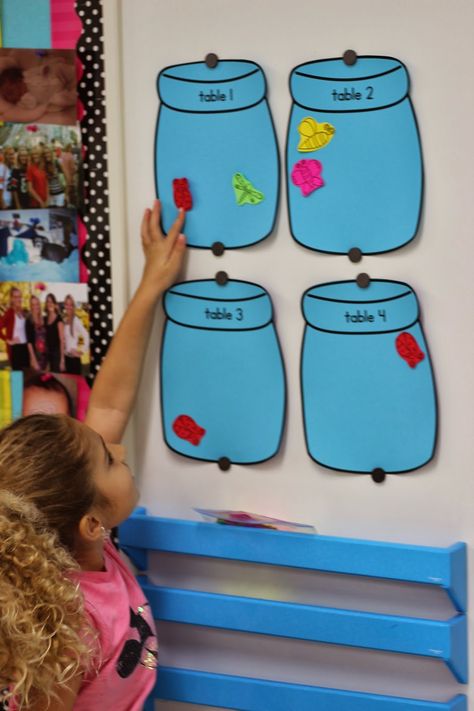
Forum "Children's Center as a Business" - answers to various questions on the organization of kindergartens
In addition, everything related to children is obviously a dangerous business. Children can get sick, fall, get poisoned, fight, ruin things - the kindergarten is responsible for all these troubles.
Art. 1068 Civil Code of the Russian Federation
The main thing is to make your customers happy - children and their parents
Ivan Sorokin
founder of the network of kindergartens Smile Fish
An aspiring entrepreneur who wants to open a kindergarten may face several difficulties. Most often, they fail to open on time, investments exceed the planned ones - I wanted to invest two million, but already invested three, or expenses exceed income - time is running out, the entrepreneur pays rent, and there are still not enough children.
The main thing in such a situation is how to weigh everything from the very beginning, continue to work and provide a quality service, even if in the first months there is no full set and expected income.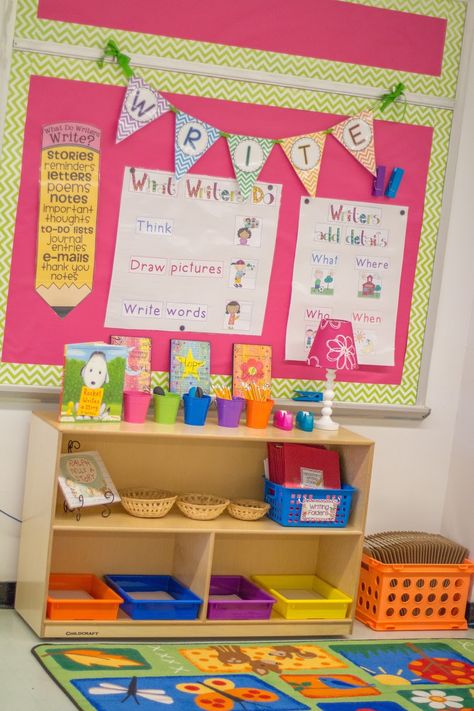
Don't make life difficult for yourself and take on too much at once. Instead of a garden of 500 m², it is easier to open a small private garden on the ground floor of a residential building, not to set a cosmic price for your services, but to find out what price is adequate for this area. Instead of wasting effort and money on licensing, start with a care team.
For example, we have 30 kindergartens in Moscow and do not have an educational license. Because we do not offer educational services and conduct all classes only in a game form. Our goal is to make it interesting and comfortable for the child to go to our gardens, and parents can safely leave him. This format is much easier to work with and easier to open.
Beginning entrepreneurs are often afraid of problems with various services, with neighbors in the houses where they rent premises. And behind these fears, they forget about the main thing - about children. And here there is only one advice - do everything according to the law, and you will not be afraid of any neighbors and checks.
Who can open a family kindergarten
If we are talking about a family preschool group, then only a parent with many children can organize it - it does not matter, mom or dad. Requirements for such groups vary by region. For example, in Moscow, the occupancy of groups should be from 3 to 5 children, and in the Tula region - from 5 to 8 children. At the same time, the group can have both several own children of a parent-educator with many children, and one.
Any person can open a private kindergarten - it is enough to register an individual entrepreneur, LLC or a non-profit organization .
At the same time, it is important to take into account that in the field of education, upbringing and development of minors, people with a criminal record, including expired ones, convicted of crimes against life and health, freedom, honor and dignity of the individual, for undermining the constitutional order and some other. The tax office will definitely request this information about the individual entrepreneur during registration.
Art. 325.1 TK RF
sign. "k" paragraph 1 of Art. 22.1 of the law on state registration of legal entities and individual entrepreneurs
The law does not prohibit opening a legal entity for a founder with a criminal record. But such a founder will still not be able to engage in pedagogical activities in his organization.
When a license is needed. To open a private kindergarten, a license will be required in all cases where educational services are provided in the kindergarten and there are hired teachers, a training program, class schedules and teaching aids. Also, you will always have to license the activities of non-profit educational organizations.
Art. 91 of the Education Act
You can work with children without a license only if:
- The private garden is engaged only in the care and supervision of children, there are no classes in its advertising and schedule, methodological aids are not used in the work, and there are no teachers on the staff.

- The owner of a kindergarten is an individual entrepreneur who has a pedagogical education and personally provides educational services.
- This is a family pre-school group at the state kindergarten.
How to open a kindergarten with state support
The state welcomes the emergence of private kindergartens and family preschool groups - there is even a special federal project "Promotion of Employment" within the framework of the national project "Demography". It states that the state should promote the emergence of places in kindergartens, including supporting private preschool institutions. But in order to take advantage of benefits, programs and subsidies, everything must be done strictly according to the law.
The easiest way to cooperate with the state is for mothers of many children who decide to register a family group. Let me give you an example of how they work.
Natalia has been working as a kindergarten teacher at home for many years.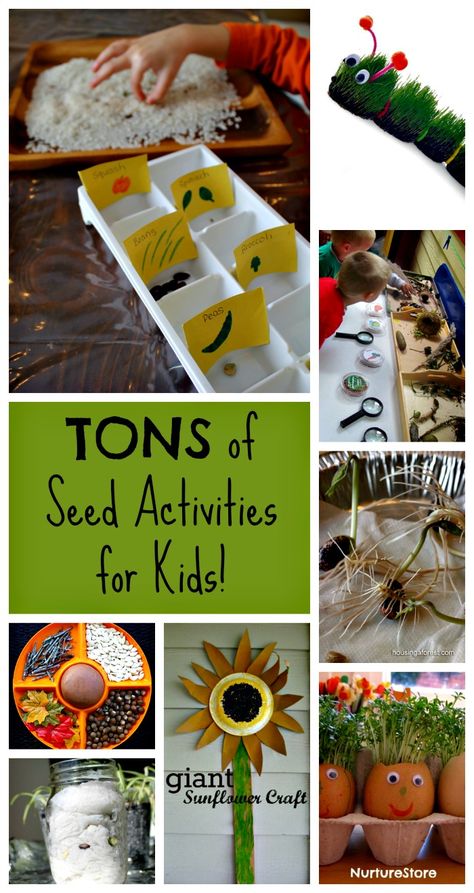 At first, she worked with her children, and when someone grew up, she took incoming kids to the group. All this time, she was framed by a teacher in the state educational complex in Moscow. She receives a teacher's salary and money for food at the rate of 133.05 R per day for a preschooler.
At first, she worked with her children, and when someone grew up, she took incoming kids to the group. All this time, she was framed by a teacher in the state educational complex in Moscow. She receives a teacher's salary and money for food at the rate of 133.05 R per day for a preschooler.
/home-school/
How I transferred my children to family education
To apply for such a group, you need to apply to any public kindergarten in your region that is already working or ready to work under this program. The program has been operating the longest and most successfully in Moscow — since 2008, the number of family groups has increased from 200 to almost 1,000.0003
Number of family preschool groups in Moscow
| Year | Number of family groups | Number of pupils |
|---|---|---|
| 2008 | 200 | 650 |
| 2010 | 426 | 1300 |
| 2015 | 657 | 2300 |
| 2019 | 979 | 3200 |
Number of family groups
200
The number of pupils
650
Family groups
426
Number of pupils
1300 9000 family groups
979
Number of pupils
3200
Source: semds.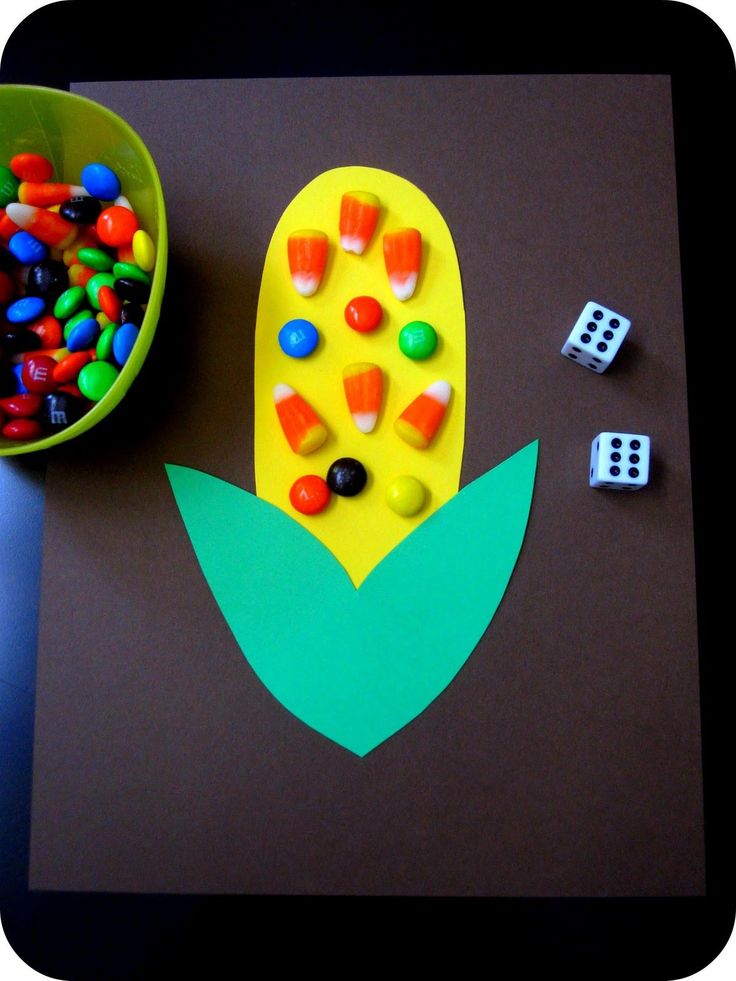 ru
ru
Kindergartens registered as non-profit organizations, as well as, more recently, individual entrepreneurs and LLCs, can count on state assistance with premises, as well as additional subsidies and special programs. These programs vary by region.
For example, in Voronezh or the Novgorod region, the state pays part of the cost of education for private kindergartens when they take children from the municipal waiting list. The same amount is paid that is paid per pupil to state kindergartens - approximately 20,000 R per month, depending on the region. And parents only have to pay the difference.
Order of the Government of the Russian Federation "On measures for the development of private preschool educational organizations"
To get into a private kindergarten under such a program, parents, standing in line, choose it from a special list. In order for a kindergarten to get on this list and receive funding, you need to contact the regional department of education.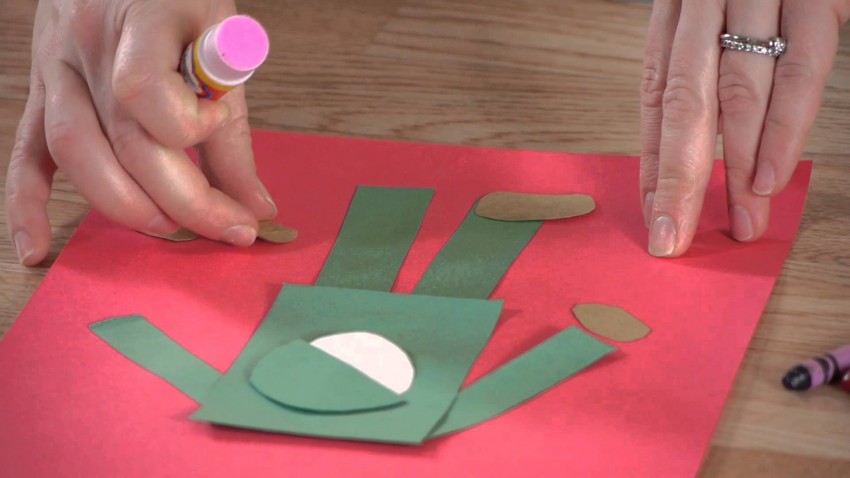
Registration of documents and obtaining a license
The easiest way is to open a family preschool group, the most difficult is to open a commercial or non-profit organization. I will tell you in detail how to draw up documents for both the first and second options.
To open a family preschool group, a parent with many children chooses an educational institution in their region that already supports or is ready to support the family kindergarten development program. At the preparation stage, he must also bring the premises in which the family kindergarten is supposed to comply with sanitary standards and find the right number of pupils if there are not enough of their own preschoolers in the family.
Then the parent submits two applications - for opening a family kindergarten and for hiring him as an educator. An educational institution conducts an inspection of living conditions and concludes agreements with the parent - labor and on the opening of a family preschool group.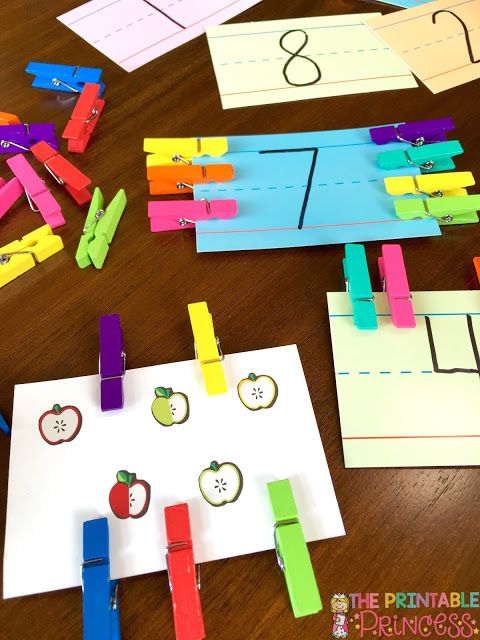
For this form of kindergarten, you do not need to open a separate account, choose a taxation system or pay contributions to the tax and social insurance funds - this is the responsibility of the employing organization.
Registration of a private kindergarten is possible in any legal form - legal entity, individual entrepreneur or self-employment.
The self-employed cannot engage in educational activities because they are not directly named in article 21 of the law on education. But they can organize babysitting and childcare groups - you don't even need a license to do this. And of course, in this case, you cannot hire employees.
/guide/kak-stat-samozanyatym/
How to become self-employed
Another easy option is to register as an individual entrepreneur. We have already written a detailed article on how to open an individual entrepreneur: this can also be done through the public services portal.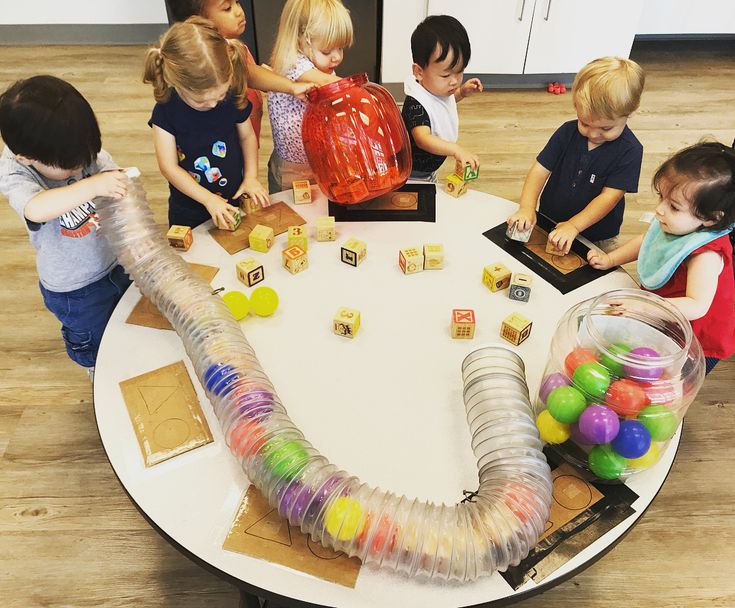
To open a private kindergarten, an individual entrepreneur must select OKVED:
- if the individual entrepreneur does not have a pedagogical education - 88.91 "Child care and care";
- if there is a pedagogical education or an individual entrepreneur plans to obtain a license - any of the OKVEDs related to education. For example, 85.11 "Pre-school education" or 85.41.9"Other additional education for children and adults, not included in other groups."
A private kindergarten can also be created in the form of an LLC - we wrote in detail about registration in a separate article. For private kindergartens, there is only one clarification by type of activity: education cannot be the main activity of an LLC - only an additional one.
Section 19 of Art. 2, 31 of the Law on Education
And finally, a private kindergarten can be a non-profit organization - the form of a private institution or an autonomous non-profit organization will do. What are non-profit organizations, why they are needed, how to register them and where they can take money, they told in a separate article.
What are non-profit organizations, why they are needed, how to register them and where they can take money, they told in a separate article.
Opening a current account for a kindergarten follows the standard procedure: you need to contact any bank with an application and company documents. As a rule, an account is opened after business registration. Individual entrepreneurs can work without it, but it is more difficult: there are restrictions on cash payments. For the self-employed, a personal bank account is usually sufficient – a separate business account is not required.
/guide/schet-ip/
Which account to open for IP
Taxation system. A private kindergarten, like any other business, needs to choose a suitable taxation system. For a kindergarten, the USN "Income", the USN "Income minus expenses" or a patent are suitable.
Self-employed work under a special tax regime - they pay tax on professional income.
Registration with the FSS, PFR as a separate action is not required - the tax office itself sends information about the registration of a legal entity or individual entrepreneur there. Exception: if an individual entrepreneur has employees, he needs to send an application for registration as an insurer and some other documents to the FSS.
Registration and deregistration with the PFR
Registration rules with the Social Insurance Fund
Self-employed people register with the PFR at their own request - if they want to make contributions to a future pension.
Coordination of activities with the Department of Education - this is licensing. No other approvals outside the licensing process are required to open a private kindergarten.
Obtaining accreditation and license. Accreditation for preschool institutions is not carried out. But licensing is the most difficult moment in the legalization of a private kindergarten.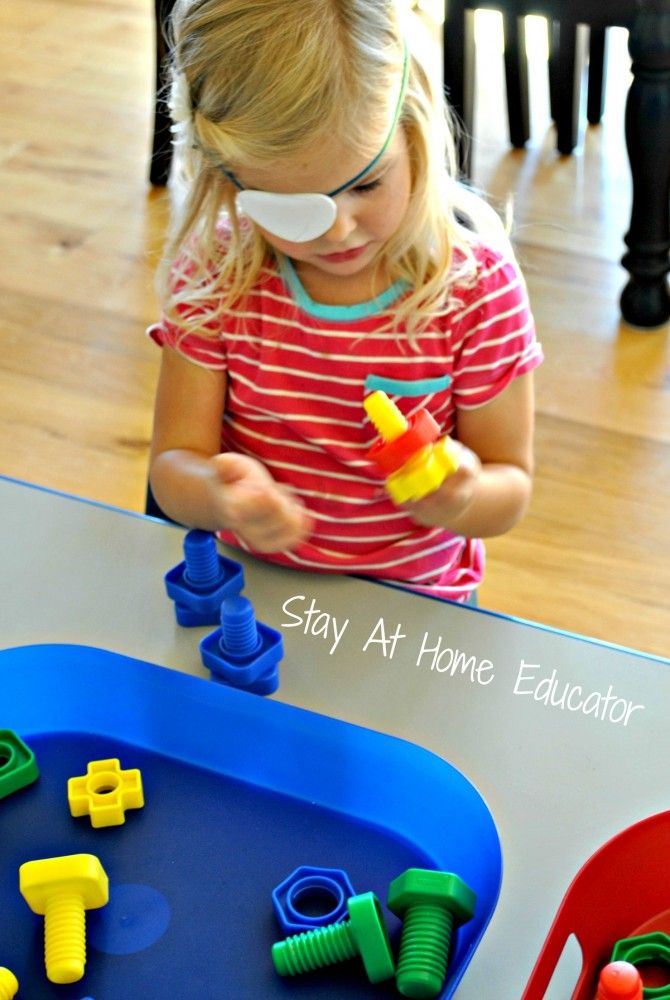 If you decide to provide educational services, then you need to contact the local department, department or ministry of education and go through several checks in different departments.
If you decide to provide educational services, then you need to contact the local department, department or ministry of education and go through several checks in different departments.
Decree of the Government of the Russian Federation of October 28, 2013 No. 966 on licensing educational activities
An application for a license can be submitted through the public services portal, the period for its consideration is up to 45 days. The cost of the license is 7500 R. The license is valid indefinitely.
Before applying for a license, you need to:
- Prepare a room that meets the sanitary pins.
- Hire teachers.
- Write an educational program.
- Obtain positive conclusions from Rosobrnadzor, which will check teachers, teaching aids and educational program.
- Obtain positive conclusions from Rospotrebnadzor - it checks the compliance of the premises with sanitary regulations, the existence of contracts with food suppliers and garbage disposal.
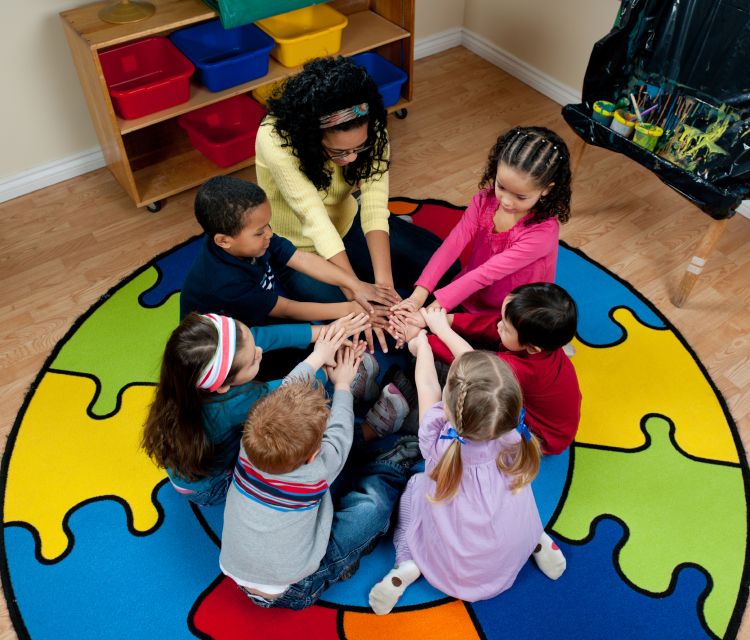 And for NGOs - also fire supervision.
And for NGOs - also fire supervision.
To organize a kindergarten in an apartment or house, agreements with fire supervision are optional: it comes after the opening and is not needed to obtain a license. But they can still be asked. Fire requirements depend on the number of children in the group and the type of premises - detached or part of an apartment building. For example, if there are up to 10 children in a kindergarten, then the fire standards for it are the same as for an ordinary apartment. And if there are more children, then there will be additional requirements, for example, the ability to organize an emergency exit.
Franchise. Another way to start a home kindergarten is to buy a franchise. Under the franchise, you can open any type of home garden, except for a family group.
With this approach, you will have to pay a lump sum and also pay royalties, that is, give a percentage or a fixed amount of your income. But when buying a franchise, an entrepreneur does not need to think about design and design, buying equipment, teaching aids, and developing educational programs. Typically, the cost of a franchise also includes legal assistance, promotional items, corporate identity, and assistance in staff training. But at the same time, it will not be possible to make any changes to the work of your future kindergarten.
Typically, the cost of a franchise also includes legal assistance, promotional items, corporate identity, and assistance in staff training. But at the same time, it will not be possible to make any changes to the work of your future kindergarten.
/baby-club/
How to start a childcare franchise
For a better understanding of how to run a franchise business without going bust, check out our selection of articles.
What you need to open a kindergarten in your apartment -21. Rosobrnadzor is responsible for the educational part.
Requirements for the premises. You can organize a private garden both in residential and non-residential premises. The latter are much more demanding. A family children's group can only be opened in a residential area.
When placing children in an apartment or house, the total area of the premises, the availability of water supply, sewerage, the amount of light, the quality of the finish, the number of floors and the availability of emergency exits are taken into account.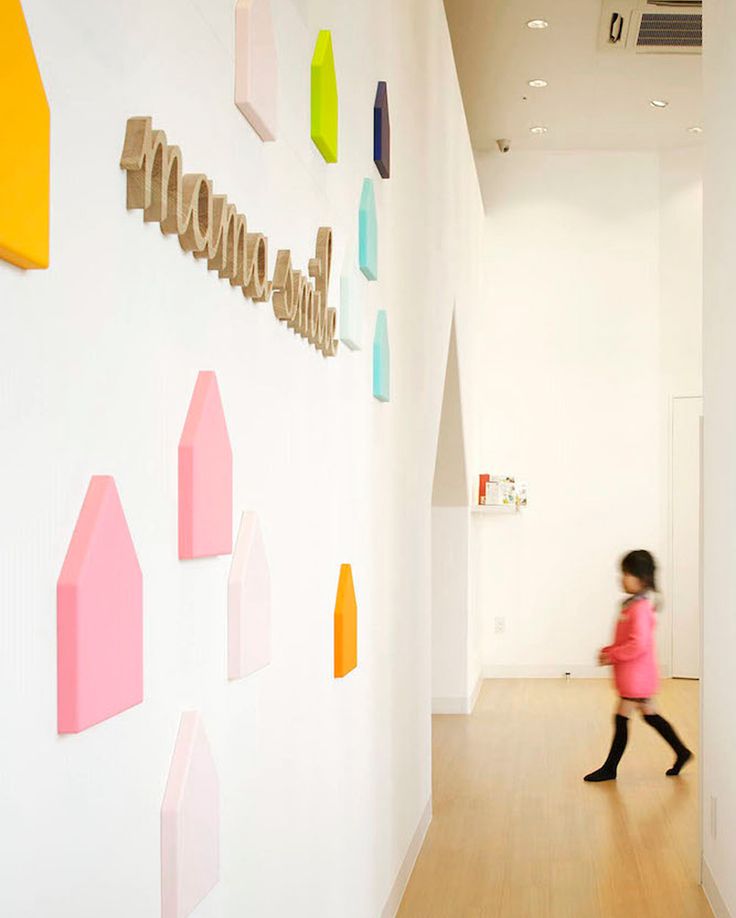
Requirements for residential premises of private kindergartens - according to SP 2.4.3648-20
| Condition | Requirements | Item SP |
|---|---|---|
| Number of rooms | Needed: - a place for storing outerwear and shoes; - game room; - a place to sleep; - a kitchen and a place where children can eat if they are in the kindergarten for more than 4 hours; - a place where children can drink; - a place to store linen if the children sleep in the kindergarten; — cabinet for storing cleaning equipment; - toilet and washroom - they can be combined in one room | 3.1.11 |
| Room area | In the playroom without furniture: - for children under 3 years old - not less than 2.5 m² per child; - for children from 3 to 7 years old - at least 2 m² per child. In the bedroom: | 3.1.1 |
| Number of lights | The level of artificial lighting for preschool children in playrooms is at least 400 lux. There must not be different types of lamps or lamps with different light emission in the same room | 2.8.5 |
| Finish quality | All construction and finishing materials must be licensed and safe for humans - this must be documented. Use only finishes and materials that can be washed. Floors, walls and ceilings must be free of defects, fungal infections, traces of leaks | 2.5.1-2.5.3 |
| Floors | Premises for children cannot be placed on basement and basement floors - they can only be used for household needs | para. 8-9 p. 2.3.1 |
Number of rooms
Requirements
Needed:
- a place to store outerwear and shoes;
- game room;
- a place to sleep;
- a kitchen and a place where children can eat if they are in the kindergarten for more than 4 hours;
- a place where children can drink;
- a place to store linen if the children sleep in the kindergarten;
— cabinet for storing cleaning equipment;
- toilet and washing room - they can be combined in one room
SP
3.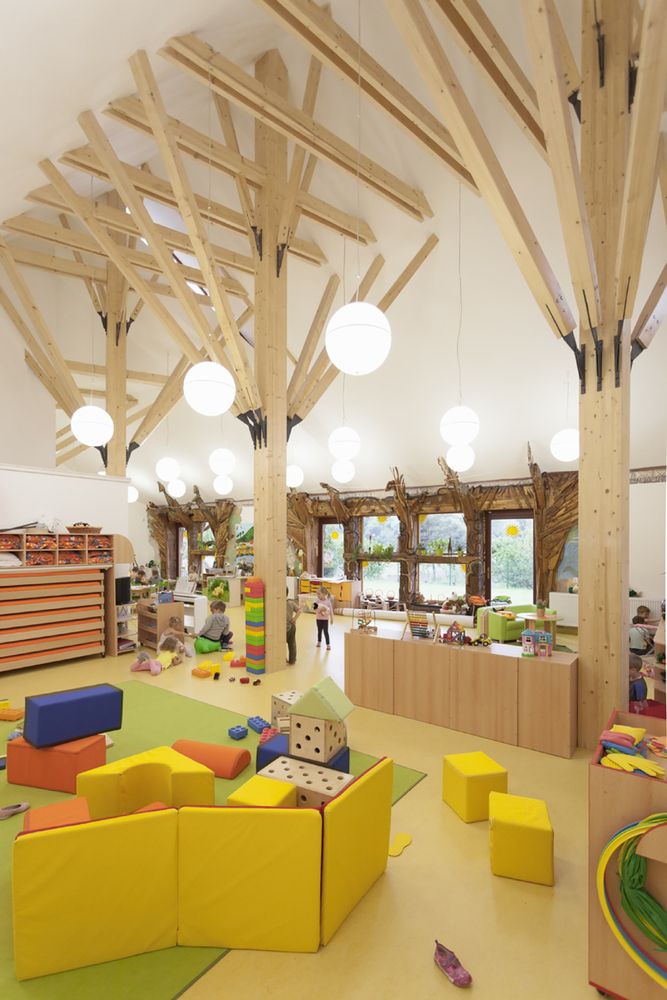 1.11
1.11
The area of the premises
Requirements
In the game room excluding furniture:
- for children under 3 years old - at least 2.5 m² per child;
- for children from 3 to 7 years old - at least 2 m² per child. In the bedroom:
- for children under 3 years old - at least 1.8 m² per child;
- for children from 3 to 7 years old - not less than 2.0 m² per child less than 400 lux.
There must not be different types of lamps or lamps with different light emission in the same room
Clause SP
2.8.5
Finish quality
Requirements
All construction and finishing materials must be licensed and safe for humans - this must be documented.
Use only finishes and materials that can be washed. Floors, walls and ceilings must be free of defects, fungal infections, traces of leaks can only be used for household needs
Item SP
para.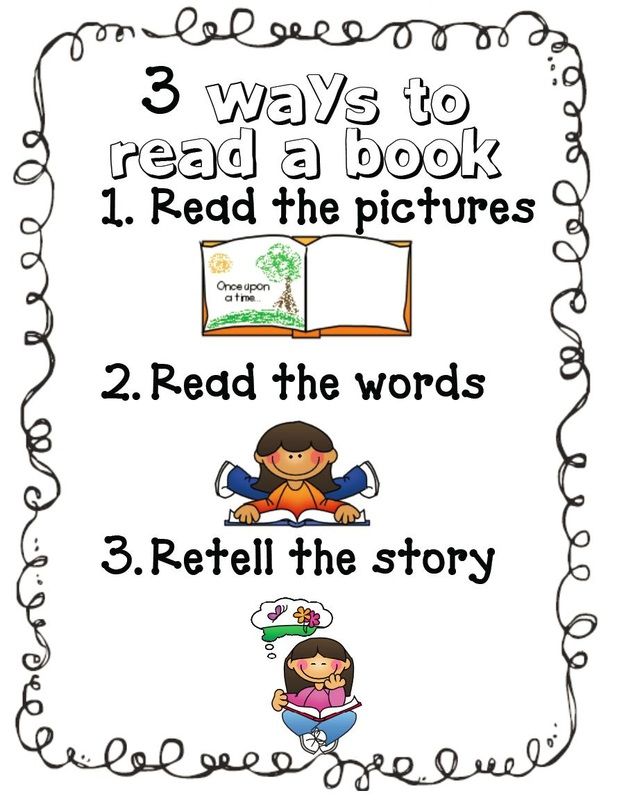 8-9 p. 2.3.1
8-9 p. 2.3.1
Furnishings of the kindergarten premises at home. First of all, children will need furniture. If this is a full-fledged kindergarten, then tables, chairs and beds are needed, which should correspond to the height and age of the children.
item 2.4.3, para. 3, 5 p. 3.1.11, p. 3.2.3 SP 2.4.3648-20
Also, each child requires a separate towel, toilet or potty seats and a set of bed linen. And toys are used only made of safe materials - plastics allowed for use in everyday life, wood, rubber - and only those that can be washed.
Catering. You can feed your children with homemade food or food prepared to order. In any case, the kindergarten kitchen should have separate refrigerators or shelves for various products and utensils, as well as all the necessary technological and washing equipment, inventory and utensils.
p. 8.6-8.6.8 Sanpina 2.3 / 2.4.3590-20
In addition, everything must be signed: dishes and shelves - depending on what products are being prepared or stored in them, products - depending on what where and when they were purchased.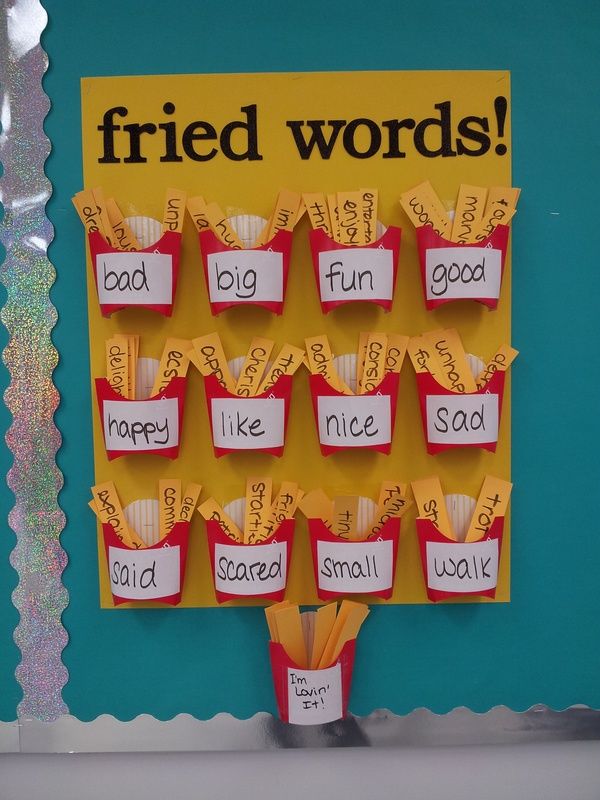 You also need to keep a log of the rejection of finished products - leave a little food to check in case one of the children has health problems.
You also need to keep a log of the rejection of finished products - leave a little food to check in case one of the children has health problems.
Sanpin also regulates the menu for children, the number of meals, foods that children can and cannot eat. For example, children should not eat pastries and cakes with cream, navy-style pasta with minced meat, mushrooms, chips, and even fried eggs.
A complete list of products that are not allowed when catering to children is in Appendix No. 6 to Sanpin 2.3 / 2.4.3590-20
In addition, a place must be organized in the kindergarten where children can drink water - the requirements for it are established in clause 8.4-8.4.6 of SP 2.4.3648-20.
Development of methodology and training program for early development. If a private kindergarten is not declared as an educational institution, but is only engaged in supervision and care, then it does not need a training program. Otherwise, without a full-fledged program, you cannot get a license for educational activities.
To obtain a license, the program must comply with the requirements of the federal state educational standard for preschool education - GEF and the Exemplary Basic Educational Program for Preschool Education.
The easiest option is to use ready-made programs approved for preschoolers. They can be found on the Internet, for example, on the website of the Federal Institute for the Development of Education, or bought from existing network kindergartens - some of them offer this service.
If you are a teacher, you can independently prepare a program, based, for example, on programs used in municipal kindergartens, or popular child development methods - Zaitsev, Montessori, Waldorf and others.
/list/atypical-kindergarten/
English with a native speaker and early career guidance: 10 kindergartens in Moscow with an atypical program . If desired, the child can study in a family group and go to a public kindergarten for separate classes, such as music or physical education.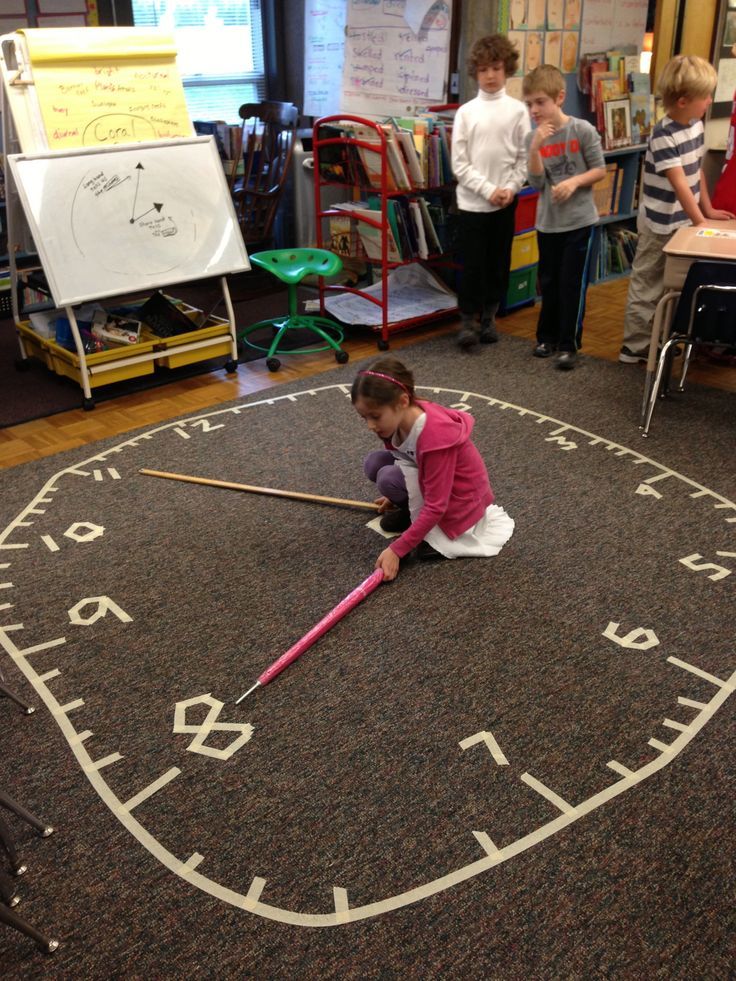
Recruitment of personnel in the case of private kindergartens depends on the form of business: the self-employed cannot hire anyone under labor contracts, individual entrepreneurs, LLCs and NGOs can, but with conditions.
To recruit staff, you need to draw up a staffing table, determine the number of employees, specialists that will be required for the implementation of educational programs and other activities of the kindergarten.
Pedagogical workers must have a higher or secondary vocational education. In addition, all employees of the kindergarten are required to undergo a medical examination upon employment.
Art. 46 of the law on education
art. 213 of the Labor Code of the Russian Federation
Permanent employees must be registered officially - under an employment contract - and pay personal income tax and insurance premiums for them. For cooperation under a civil law contract that covers labor relations, fines are set - from 5,000 to 10,000 R for individual entrepreneurs and from 50,000 to 100,000 R for LLC.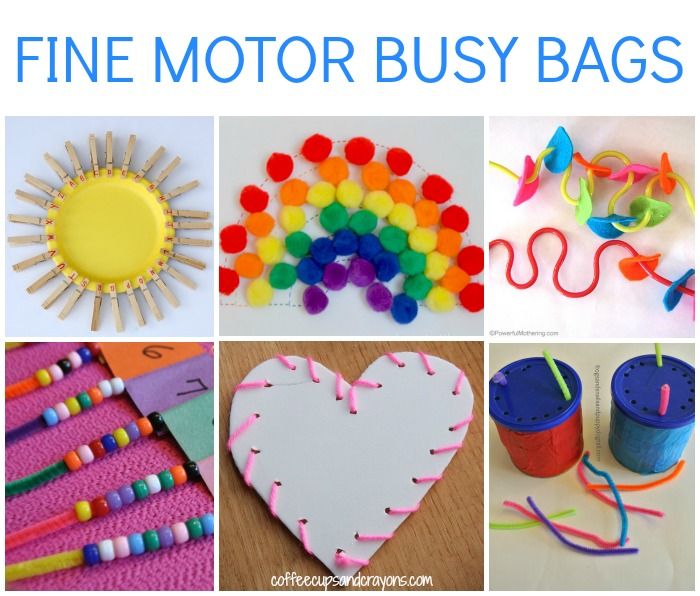
Why is it impossible to register a permanent employee under a civil law contract?
Part 4 5.27 Administrative Code of the Russian Federation
If you have a licensed kindergarten, then the teachers who work for you enjoy all the rights and benefits that teachers in a regular kindergarten have, for example, they are credited with teaching experience.
The choice of a teacher and the requirements for his education. In accordance with article 46 of the law on education, only people who have received or are receiving secondary specialized or higher pedagogical education can work as an educator. If there is no such education, but there is another higher education, the future educator can take advanced training courses in the specialty "Educator of a preschool educational institution".
If a specific method is to be used in the kindergarten, the teacher must complete training courses in this particular area. For example, Waldorf schools have special courses for teachers.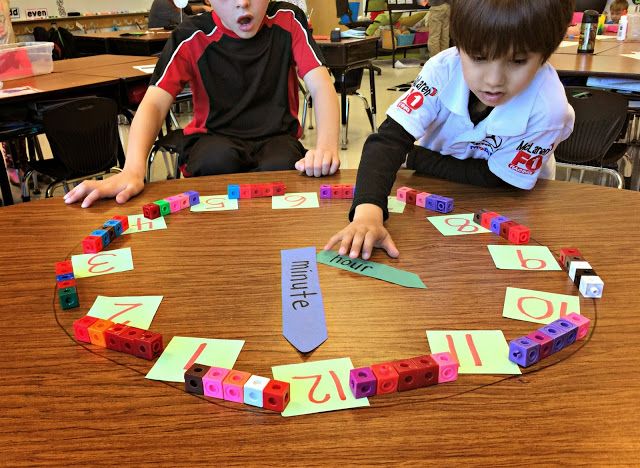
In family preschool groups, the situation is different. If the parent does not have a pedagogical education, it is registered in the preschool institution to which the group is attached, not as a teacher, but as an assistant teacher. This does not change the real functions of the parent-educator, but the salary in this case is less and the teaching experience does not go. In order for a parent to become an educator, you need to take advanced training courses or unlearn at a college or university.
In addition to education, educators are also required to have no criminal record and dangerous diseases in which it is impossible to work with children, such as open tuberculosis, alcoholism and drug addiction.
You can search for teachers through job search sites, for example, on Avito or Headhunter. And also in pedagogical universities and colleges - you can place ads there.
/pedstat/
How much teachers actually get paid
There is no consensus on which teachers are better - beginners or with experience.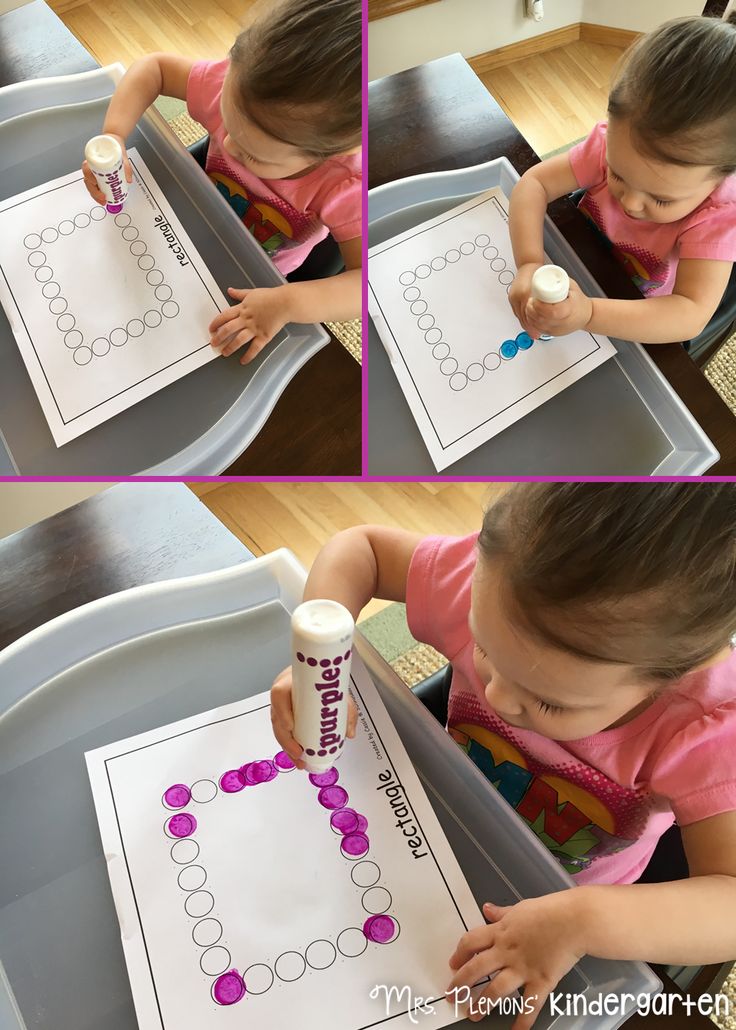 The former are often closer to children in spirit and are not spoiled by clichés, while the latter are better able to organize their studies and cope with emergency situations. In any case, you need to look at a specific person and choose the teacher to whom you would entrust your child.
The former are often closer to children in spirit and are not spoiled by clichés, while the latter are better able to organize their studies and cope with emergency situations. In any case, you need to look at a specific person and choose the teacher to whom you would entrust your child.
Set of children. In a family group, depending on the region, there can be from 3 to 8 children; in a private kindergarten, restrictions are dictated only by the area of \u200b\u200bthe room - there should be 2-2.5 m² per child. Usually, all children in such a group are looked for among acquaintances or relatives or in groups of like-minded people who prefer home education.
It is more difficult to find children in a private kindergarten: you need to convince parents that it is better in such a kindergarten than in a state one, and in your private kindergarten it is better than that of competitors. For this, it is not only necessary to constantly advertise, but also to really maintain the quality of education, cleanliness and closely monitor the work of educators.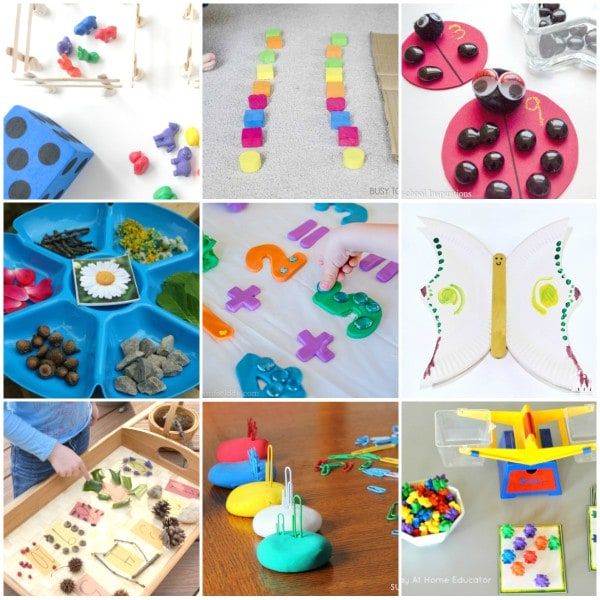 If the services are at a high level, parents will bring their friends.
If the services are at a high level, parents will bring their friends.
Advertising and customer acquisition. At first, groups in small home gardens are recruited through word of mouth from acquaintances and their acquaintances. But if you need to recruit 10-15 children who will regularly visit the kindergarten and pay for services on time, then you will have to do advertising. There are several options here: advertising in social networks, print ads and business cards, advertising in the media.
/list/service-for-business/
To help businesses: 13 services to attract customers on the Internet
To search for clients on social networks, create a community or a page for your kindergarten and place ads in parent groups or on thematic forums.
Parent forums:
forum.littleone.ru - in St. Petersburg,
lubopyshka.ru - in Yaroslavl,
"Moms of Yasenevo and YuZAO" - in Moscow
Printed ads can be placed on bulletin boards, at stops and at entrances. Business cards - leave in children's institutions: cultural centers, libraries, clinics, maternity hospitals.
Business cards - leave in children's institutions: cultural centers, libraries, clinics, maternity hospitals.
Advertising in the media is more suitable for large organizations than tiny kindergartens for 10-15 children, but if you are in a small town, you can try to advertise in the local newspaper or on the radio.
For a better understanding of sales and customer acquisition, check out our detailed article on Business Marketing Basics.
In any case, you need to advertise only real services and only those activities that you have the right to engage in. If you do not have a license for educational activities, then in advertising you cannot talk about preparing for school and advanced English - talk, for example, about groups for supervision and care.
Contracts with parents must be concluded. Specify in them the rights and obligations of parents and the leadership of the kindergarten, as well as specify the amount of payment and the period for which parents pay - per month or hourly.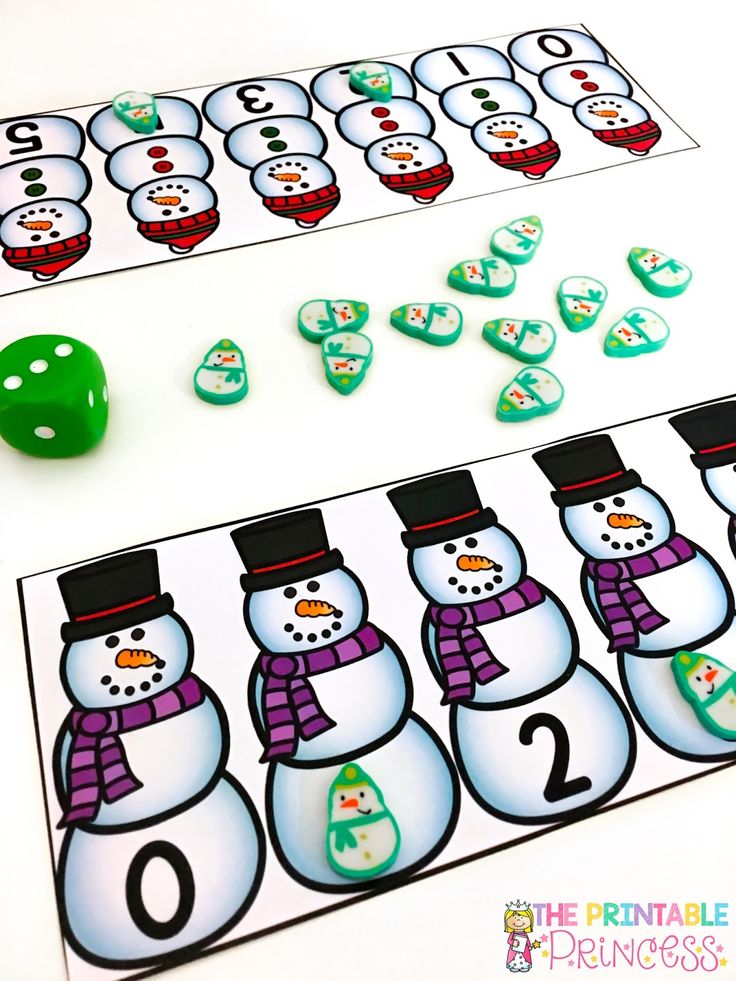 It is also important to prescribe how the days on which the child did not attend kindergarten will be counted and paid. For example, most private kindergartens do not refund money for days missed due to illness, and parents agree to such conditions in advance if they want to get into a good kindergarten.
It is also important to prescribe how the days on which the child did not attend kindergarten will be counted and paid. For example, most private kindergartens do not refund money for days missed due to illness, and parents agree to such conditions in advance if they want to get into a good kindergarten.
/ne-podryad/
How to sign a fee-for-service contract
A private kindergarten can develop its own contract form or take one from the Internet.
Costs, profitability and payback periods of the business
In each case, the costs, profitability and payback of the business will be different. These parameters depend on many factors: you choose an individual entrepreneur or LLC for your business, open a garden in your apartment or in a rented non-residential premises where it is located, whether it is necessary to make repairs and purchase special equipment, how many educators, teachers and other employees you have, how they are designed, etc.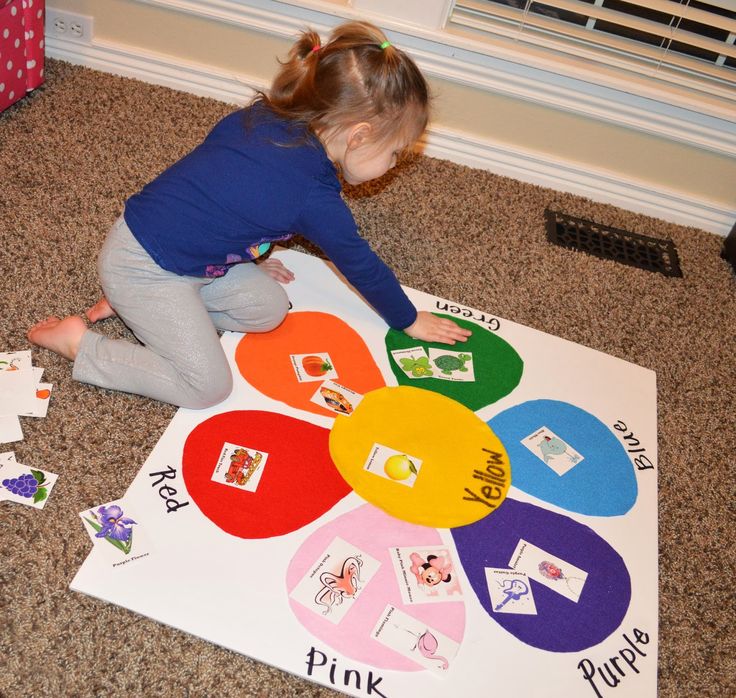 Therefore, before starting any project, I recommend drawing up your own business plan.
Therefore, before starting any project, I recommend drawing up your own business plan.
For example, I will calculate the expenses and income from opening a private kindergarten in my house.
Choice of business form. If I opened a kindergarten, I would register as an individual entrepreneur: I was already an entrepreneur and I am familiar with this form of activity. In addition, an IP is easier to open and close than an LLC.
/ip-nalogi/
How to choose taxation for IP
But there is also a minus - if I, as an IP, get into debt and my business goes bankrupt, then I will answer with my property. I would make education an additional activity.
The cost of registering as an individual entrepreneur is 0 R if you apply online. If you register offline - 800 R.
Opening a current account for individual entrepreneurs in most banks is free. Maintenance costs, depending on the chosen tariff, from 500 to 4000 R per month.
I would prefer to work under the simplified taxation system - STS 6%. I have worked with this system before, it is suitable for those who provide services and do not have high current expenses and incomes. For organizing a private kindergarten, it can also be profitable for an individual entrepreneur to apply for a patent, its cost in the regions depends on the average income in the industry and is often lower than standard tax regimes.
You can calculate the cost of a patent on the website of the Federal Tax Service
I don’t need to rent room : I have a two-story country house, part of the first floor - 50 m² - I can use it for a kindergarten. According to SanPin, I can accommodate 25 children from 3 to 7 years old in this area, but I can hardly cope with more than 15.
I will not spend money on rent, but I will need money to renovate the rooms that I will use as a kindergarten , - to sheathe and paint the walls.
Approximate cost of repairs for my house 200 000 R.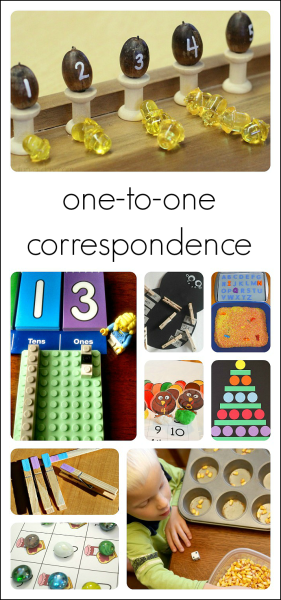
/ip-patent/
Patent taxation system
From equipment I will need dishes, pots, toys. You will also have to buy children's furniture and various equipment.
Approximate cost of equipment - 690 000 R
| Children's furniture - tables, chairs, beds, lockers | 300,000 R |
| Appliances - washing machine, refrigerator, computer, audio system, projector | 150 000 R |
| Textile - bed linen, towels | 80 000 R |
| Toys, play areas and educational games | 60 000 R |
| Outdoor toys and playground | 50 000 R |
| Sports complex and sports equipment | 30,000 R |
| Crockery | 15 000 R |
| Pots and toilet seats | 5 000 Р |
Children's furniture - tables of chairs, beds, cabinets
300 000 R
Technique - washing machine, refrigerator, computer, audio system, projector
150 000 R
Textiles - bedding
80 000 R
Toys, play areas and educational games
RUB 60,000
Outdoor toys and playground
RUB 50,000
Sports complex and sports equipment
30,000 R
Crockery
15,000 R
Pots and toilet seats
5,000 R
Food. I would try to negotiate with the neighboring school about food - they have their own canteen, which meets the requirements of the Sanpin. In this case, I will only need to arrange delivery and equip a place for eating and storing food. The cost of food for one child, I would lay at the cost in a state kindergarten - 130 R per day.
I would try to negotiate with the neighboring school about food - they have their own canteen, which meets the requirements of the Sanpin. In this case, I will only need to arrange delivery and equip a place for eating and storing food. The cost of food for one child, I would lay at the cost in a state kindergarten - 130 R per day.
Licensing. The license will cost me 7,500 R if I draw up the documents myself, and up to 35,000 R if I turn to an intermediary firm. I will most likely choose the first option.
In addition, additional costs must be taken into account, for example, for examinations and samples of water and lighting, or contracts for disinfection. For these purposes, I would set aside 15,000 rubles.
Educational program. I would not think too much about the educational program at first and would take one of the ready-made programs to get a license. And to it would gradually add elements of the Waldorf methodology and additional classes.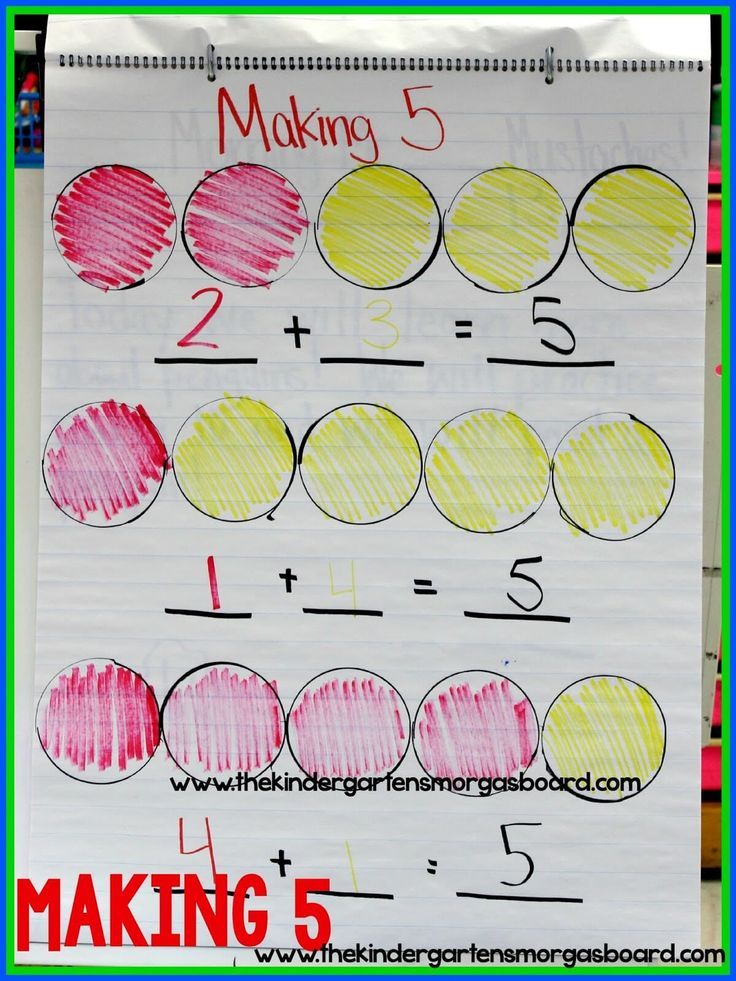
/kinder-crash/
How we opened a franchise children's center in St. Petersburg
Employees. Finding good employees is the hardest thing. I will definitely need a cleaning lady and a second caregiver. To begin with, I would try to look for employees among my friends. We must not forget that both for ourselves and for employees we will have to pay taxes and contributions. Also, the employer usually takes care of issuing health books for employees, which is about 3,500 R per person. And you need to take into account the salaries of employees, we have about 20,000 R per month.
Agreement. I consulted with an expert, and he recommended that I not use a standard contract, but contact a law firm to draw up a competent agreement with parents or buy a contract template from any network of kindergartens that has been operating on the market for more than five years. It turns out that such a practice exists.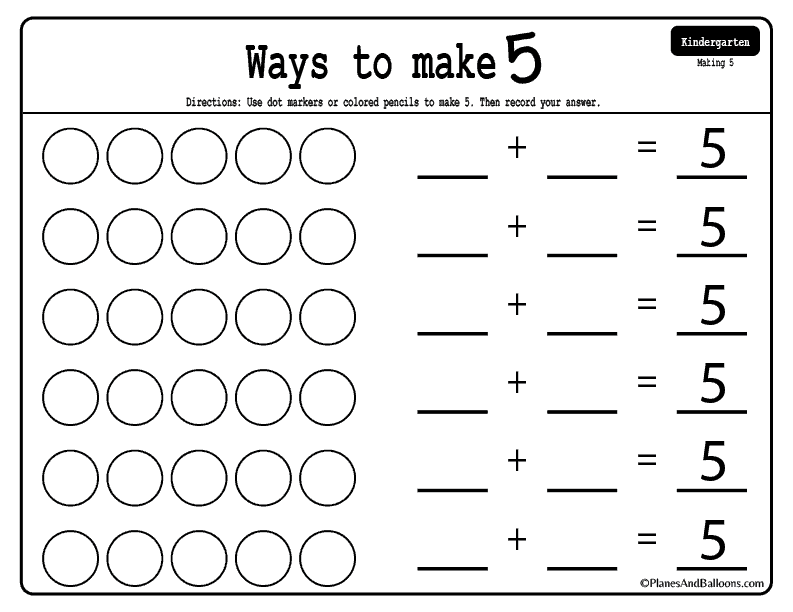 This approach will help to avoid many pitfalls when working with clients and audits by supervisory authorities. The contract may cost approximately RUR 10,000.
This approach will help to avoid many pitfalls when working with clients and audits by supervisory authorities. The contract may cost approximately RUR 10,000.
Advertising. I would advertise in the Rybinsk group on Vkontakte "From Mom to Mom" and create kindergarten groups on social networks. We have a small city, and the competition is not high. At first, I would allocate no more than 10,000 R per month for advertising.
Monthly expenses for home kindergarten — 122,350 R
| Children’s food expenses | 130 R per day per child × 23 working days = 2990 R 2990 R × 15 children = 44 850 R |
| Taxes and contributions | 25 000 R |
| Salary of the second caregiver | 20 000 R |
| Cleaning lady salary | 12 000 R |
| Advertising | 10 000 R |
| Utility payments | 5000 R |
| Accountant's payment | 3000 R |
| Expenses for maintaining a bank account | 1500 R |
| Household chemicals and hygiene products | 1000 R |
Food expenses
130 r per child for child
20,000 R
Salary of a cleaner
12,000 R
Advertising
10,000 R
Utility bills
9000 R
003
3000 R
Expenses for maintaining a bank account
1500 R
Household chemicals and hygiene products
1000 R
Calculator of personal income tax and contributions for income 900 900 900 400 900 The fee for a kindergarten in Rybinsk is approximately 15,000 R per month. As a rule, private kindergartens do not return the payment, even if the child was sick, and even more so if he missed the day for no reason. If there are 15 children in the group, then the income will be 225,000 R per month.
As a rule, private kindergartens do not return the payment, even if the child was sick, and even more so if he missed the day for no reason. If there are 15 children in the group, then the income will be 225,000 R per month.
Profit. Provided that all 15 children go to classes every day, and there are no unforeseen expenses in the household, the profit per month will be: 225,000 R - 122,350 R = 102,650 R.
With such income, you can recoup the investment in about a year. But this is the ideal lineup. In the process, unforeseen expenses may appear, children may get sick or move to other kindergartens - this reduces the monthly income. Appliances, plumbing, electricity fail and break down. In addition, if you do not have your own premises, you will have to take into account the rent - another 25,000-35,000 RUR.
Is it profitable to open a home kindergarten
- Home kindergarten is any form of looking after children at home.
- By law, a home kindergarten can be organized in the form of a family preschool group attached to a state educational institution, or a private child care institution - educational or care and supervision.


 8 m² per child;
8 m² per child; 